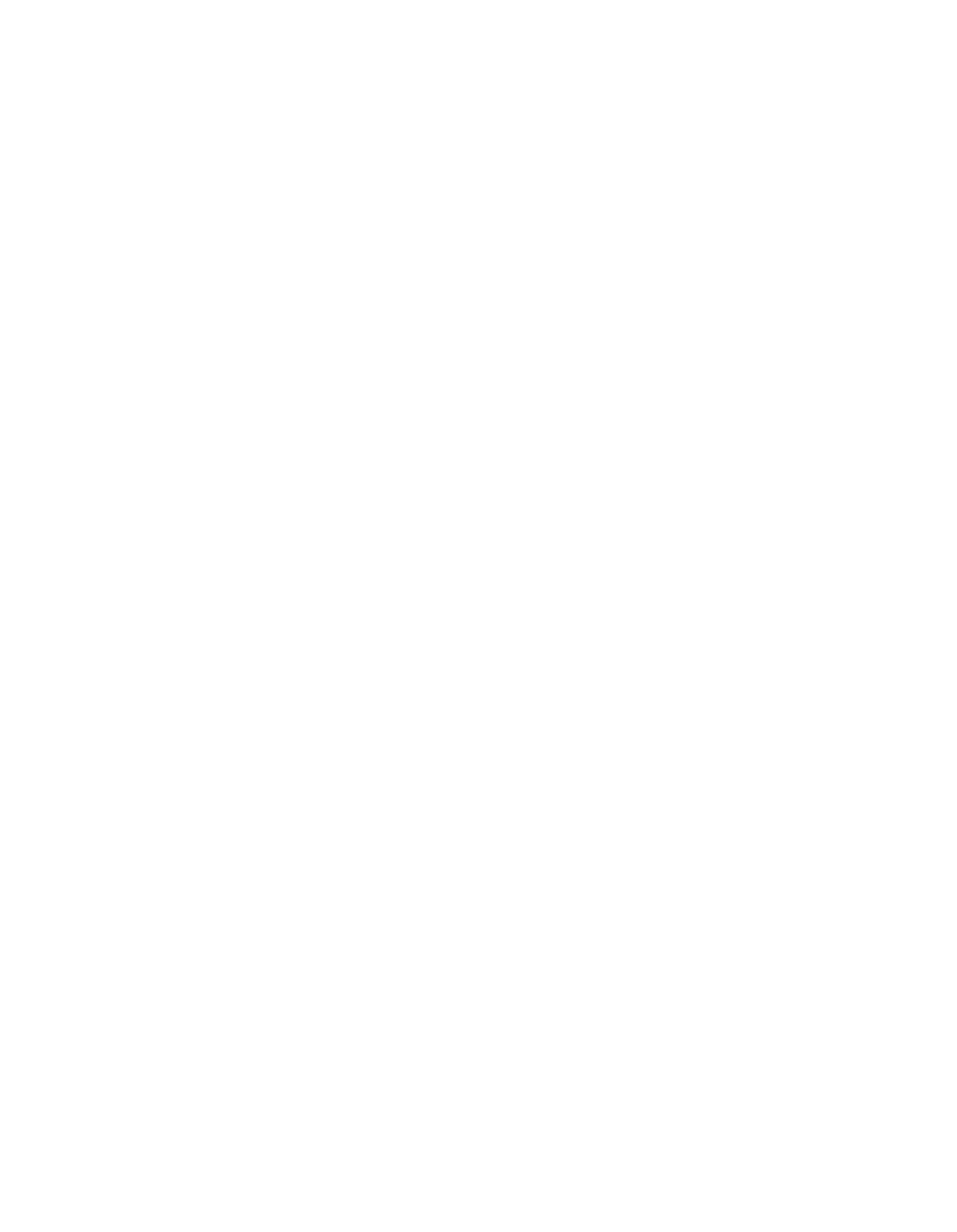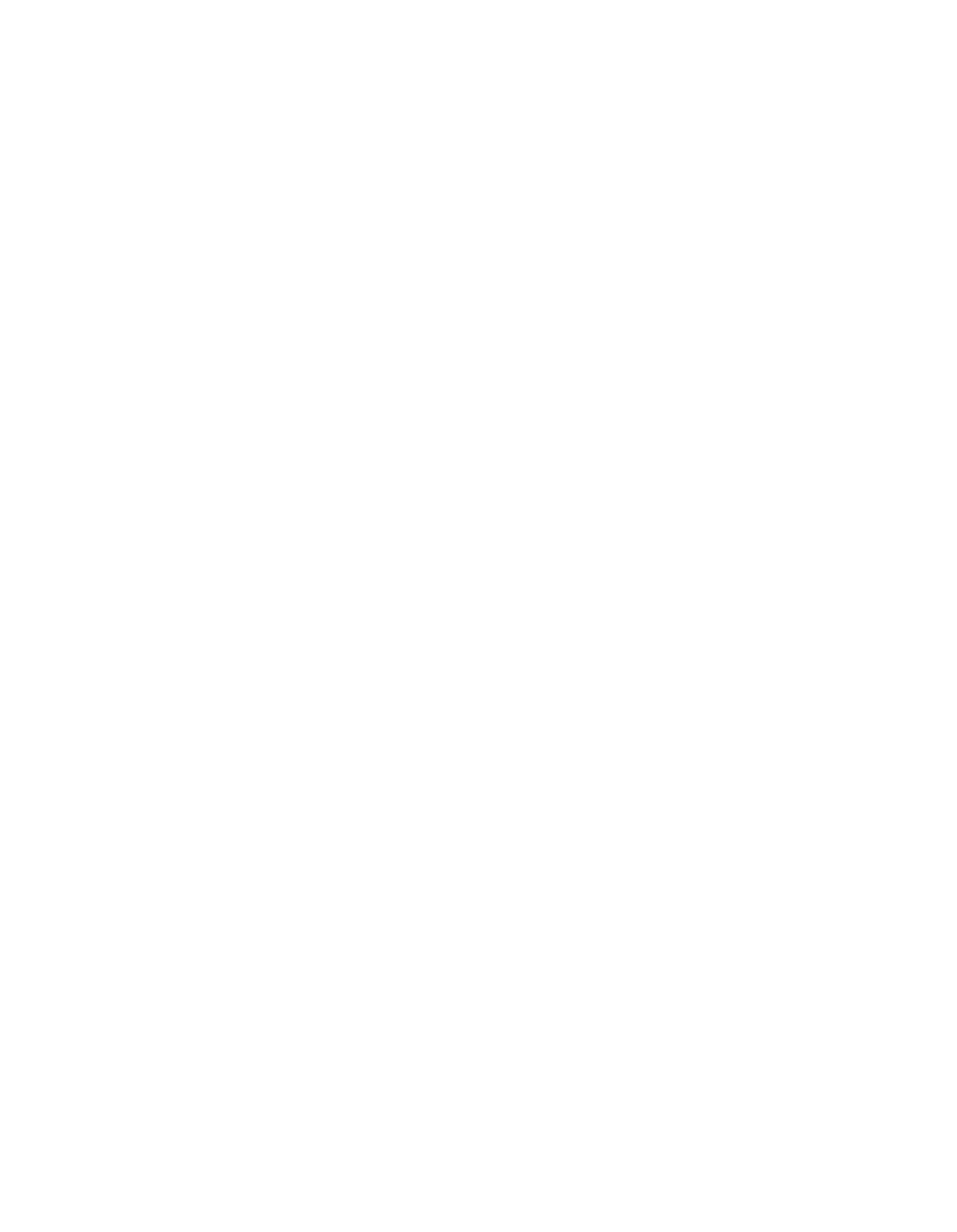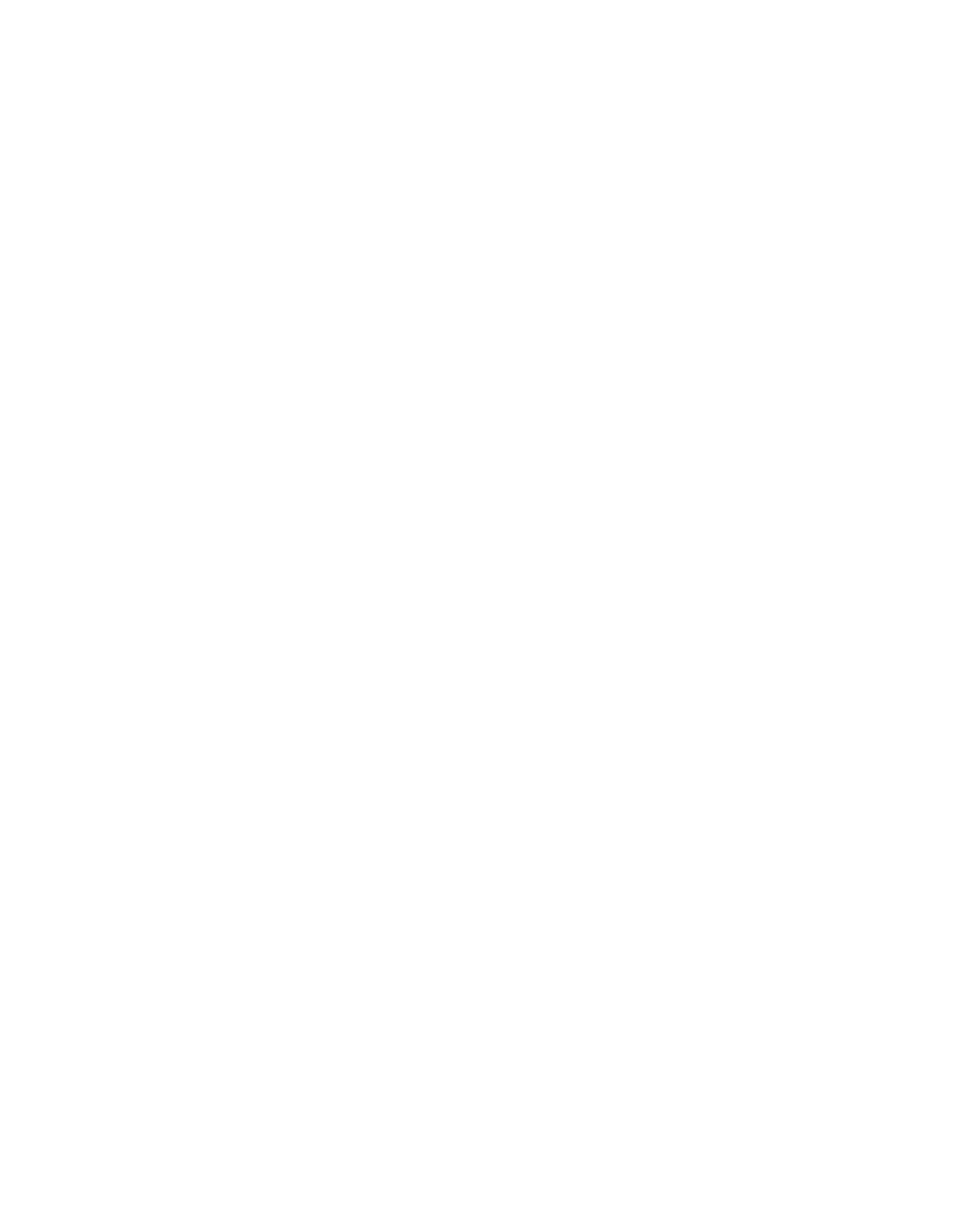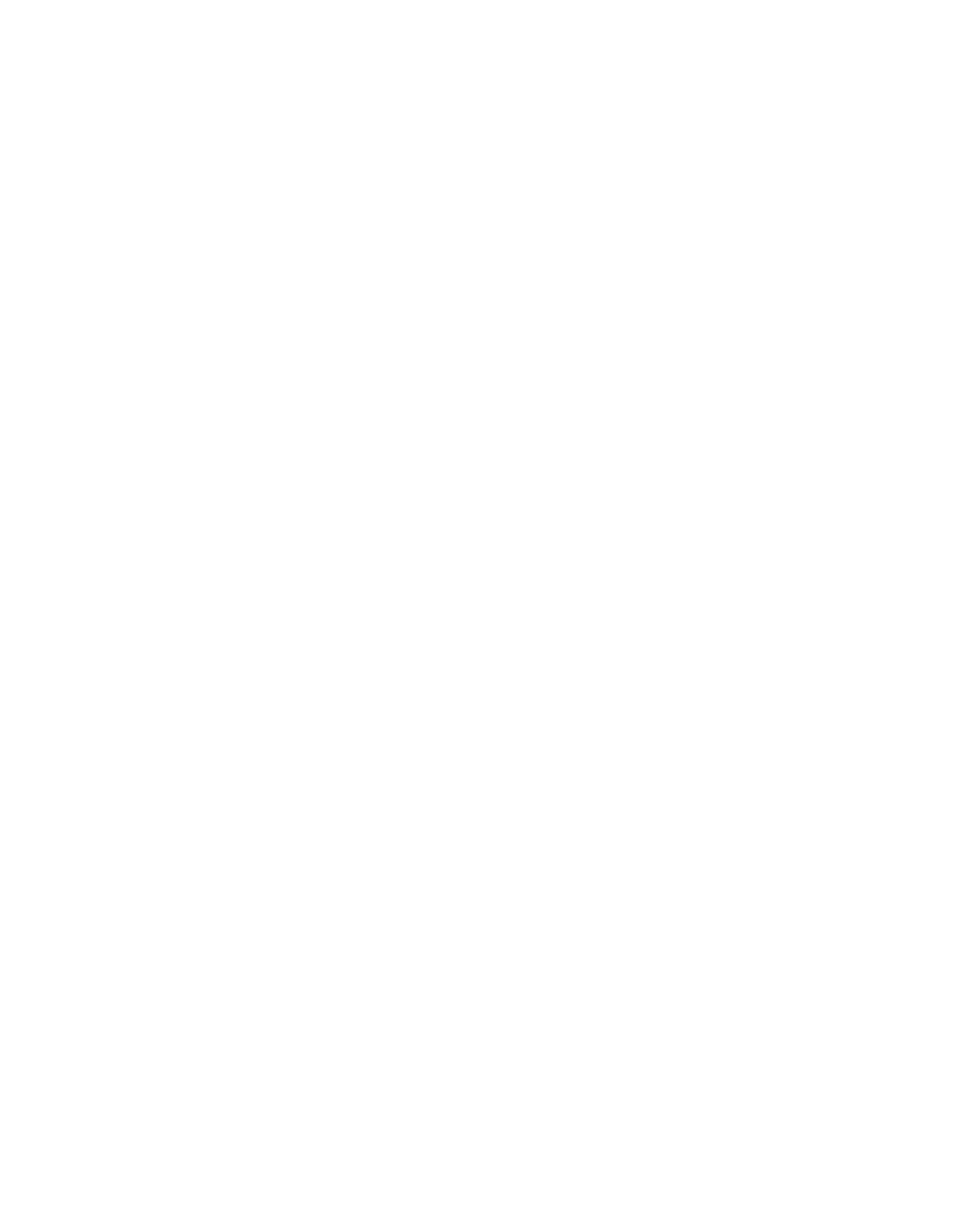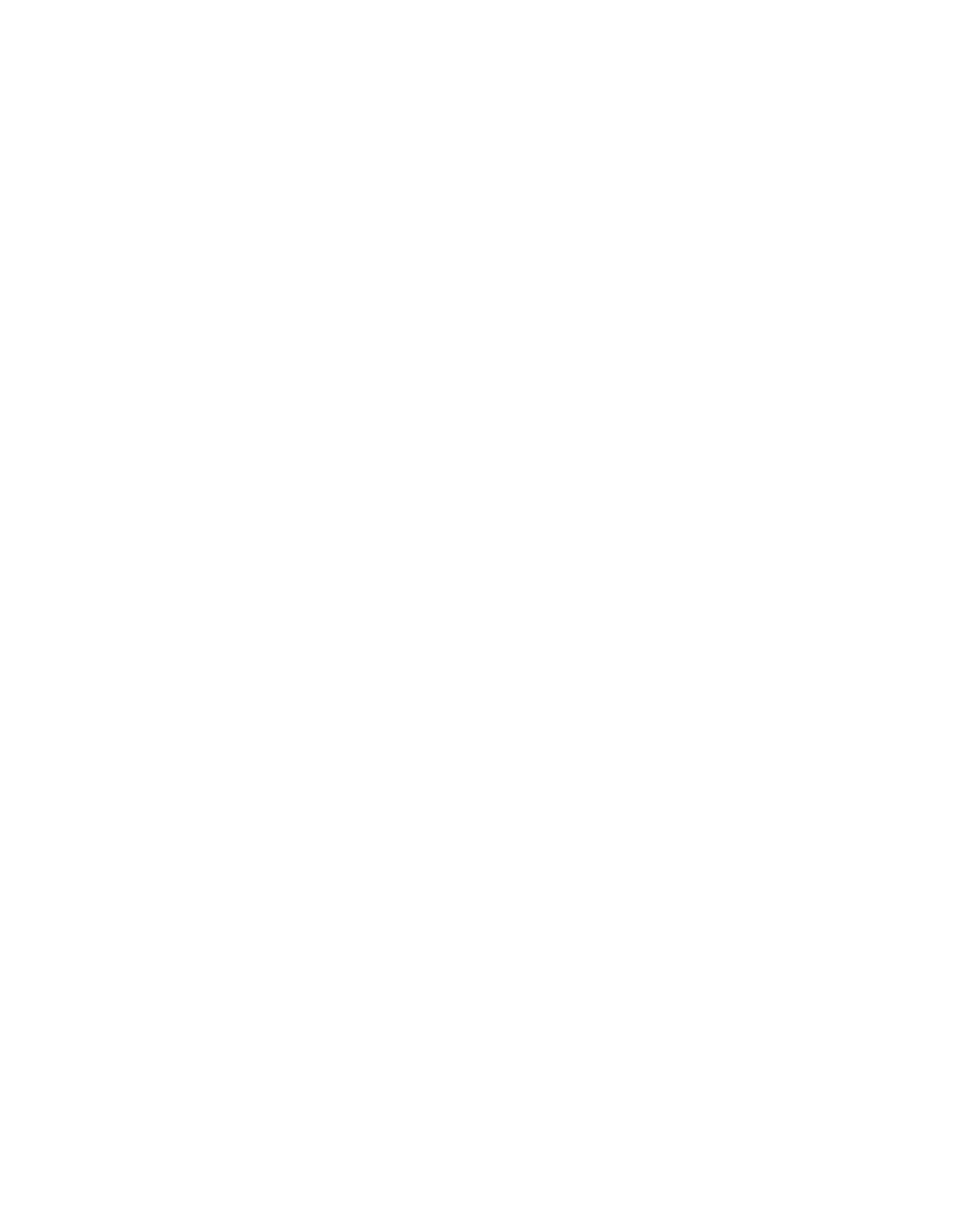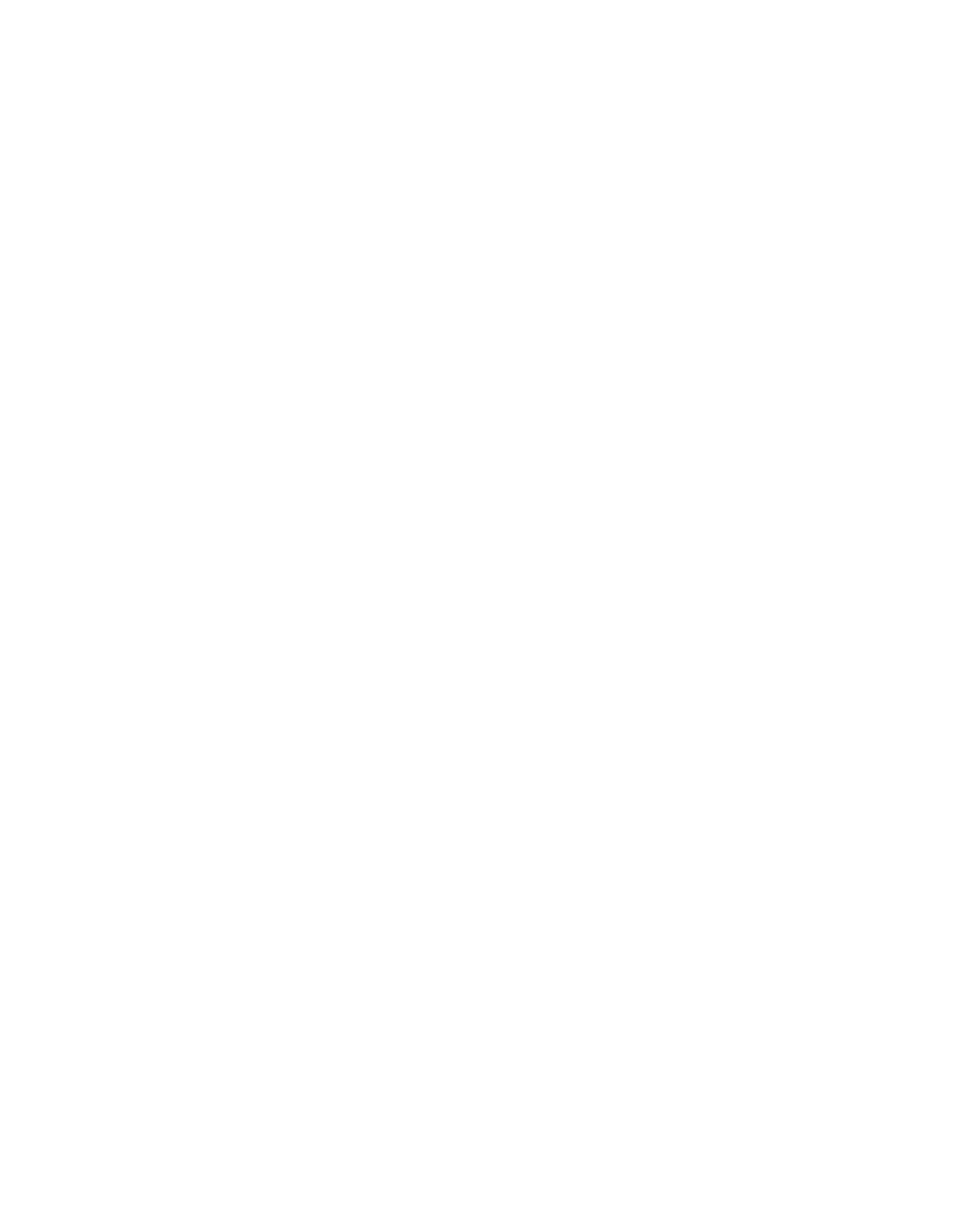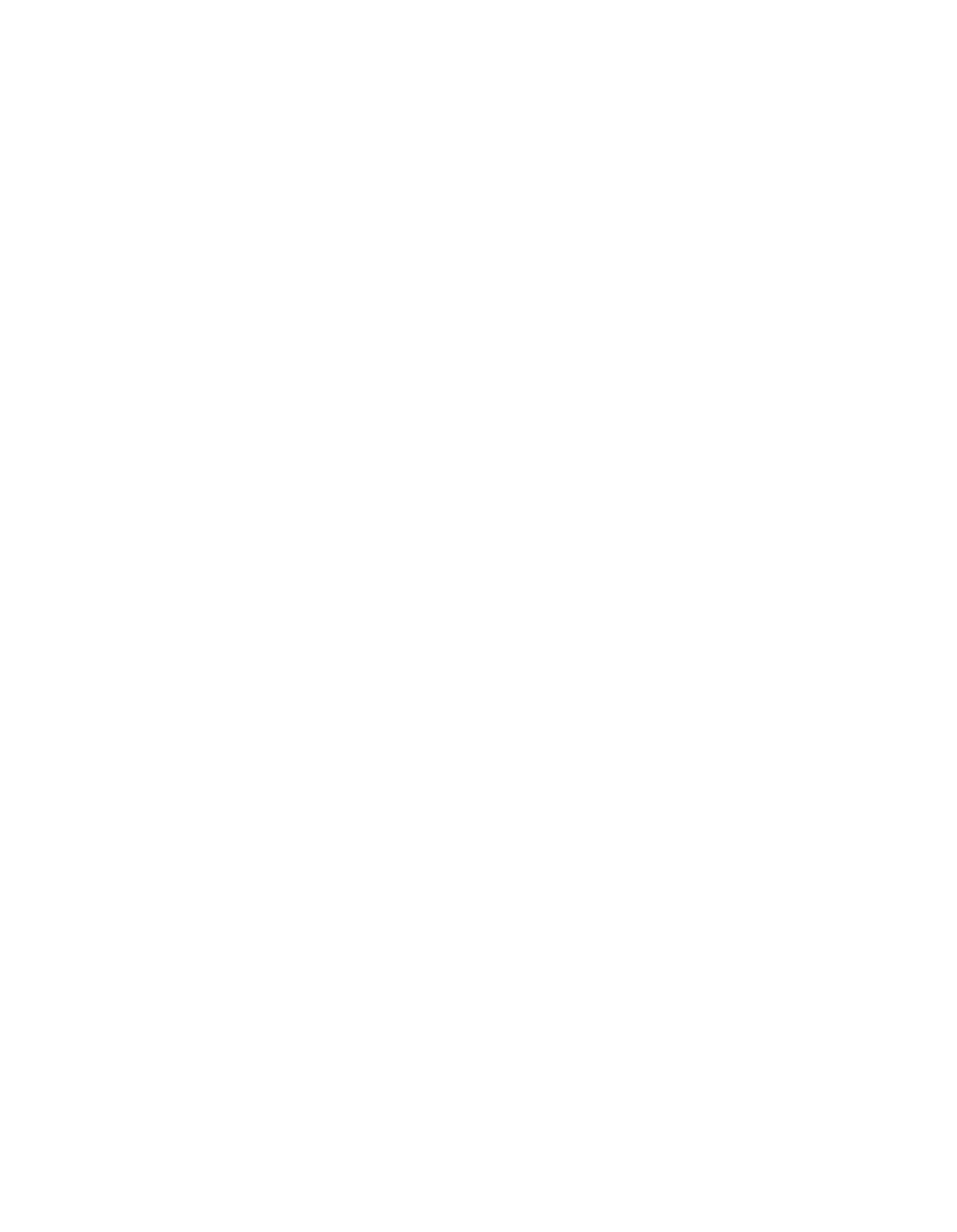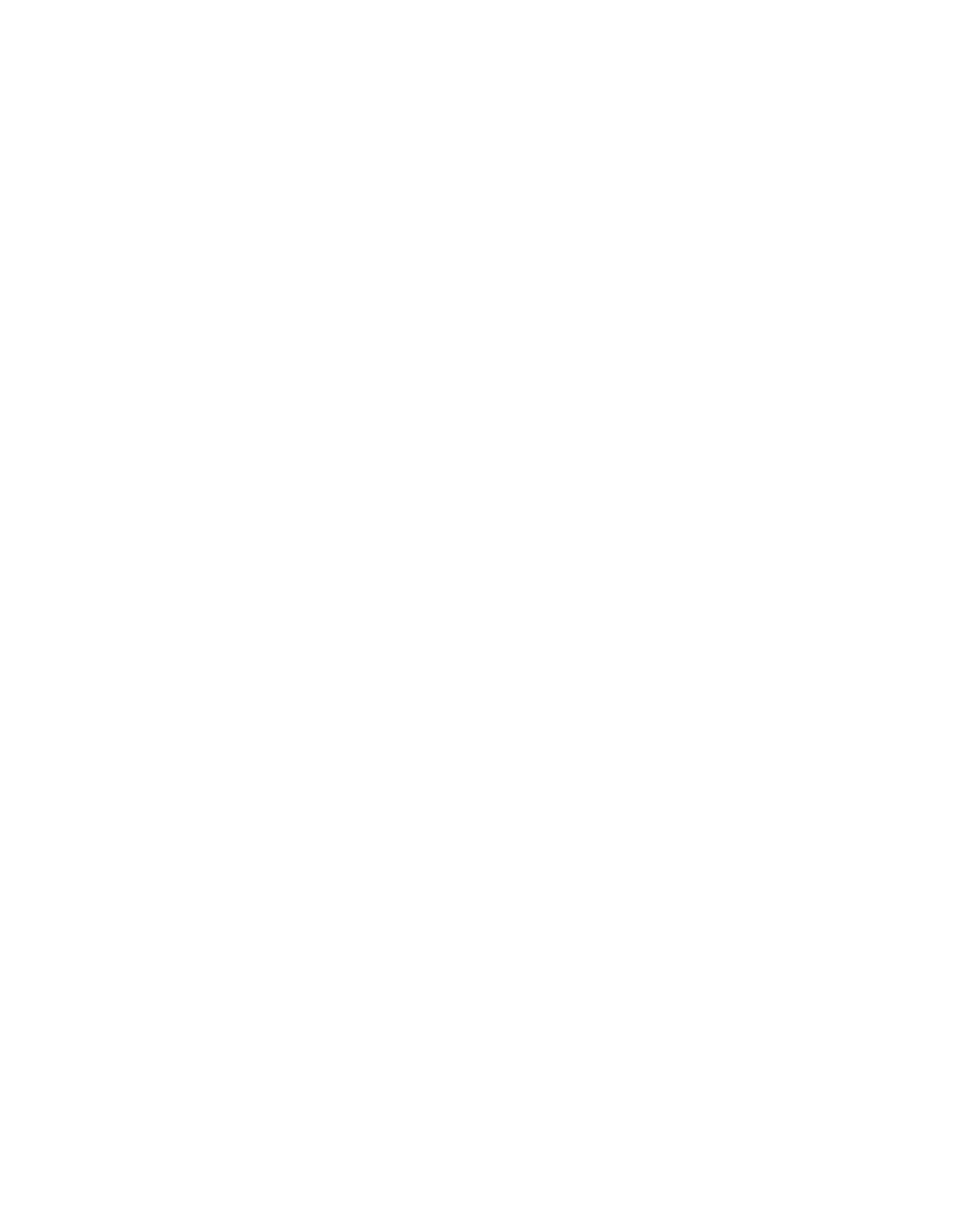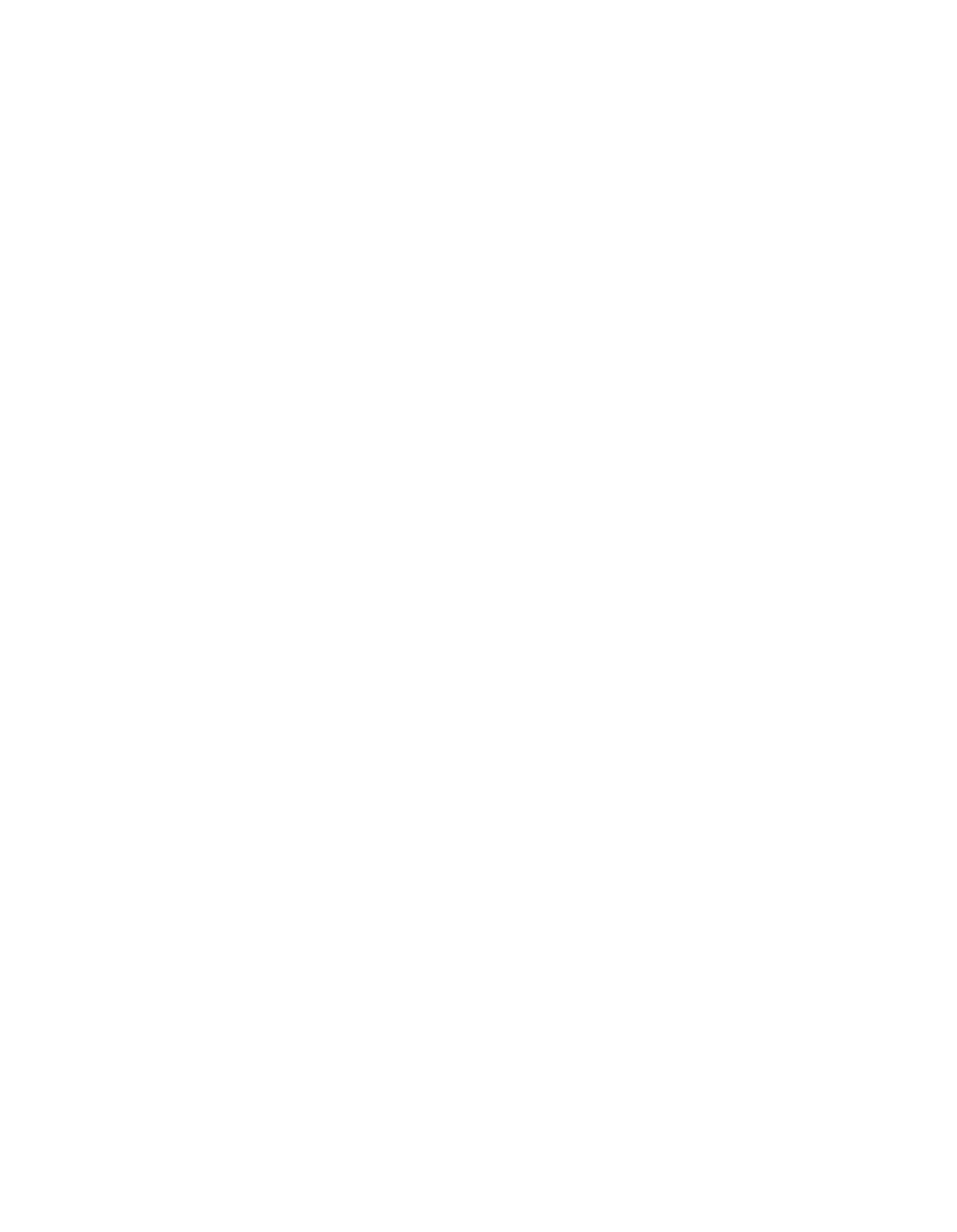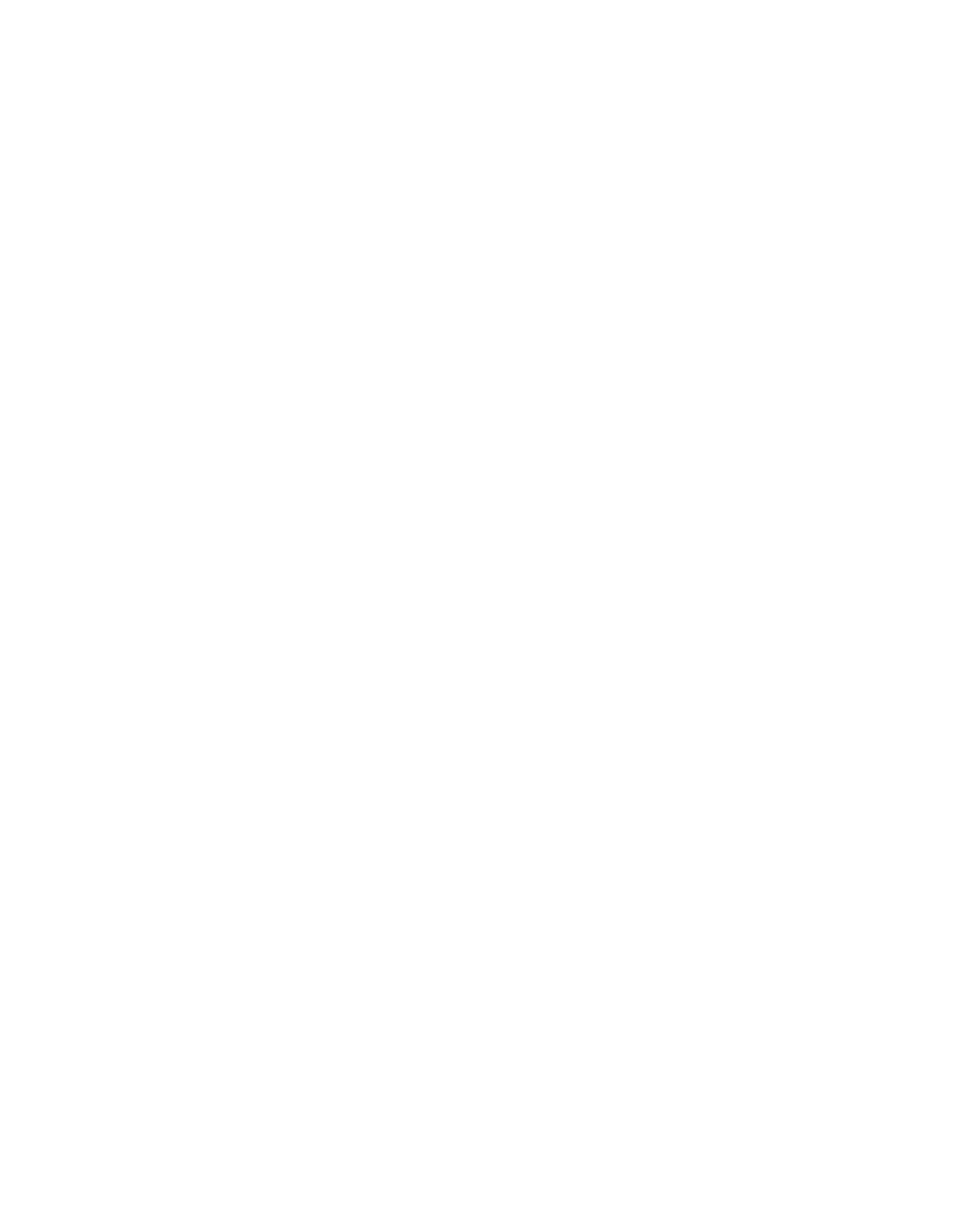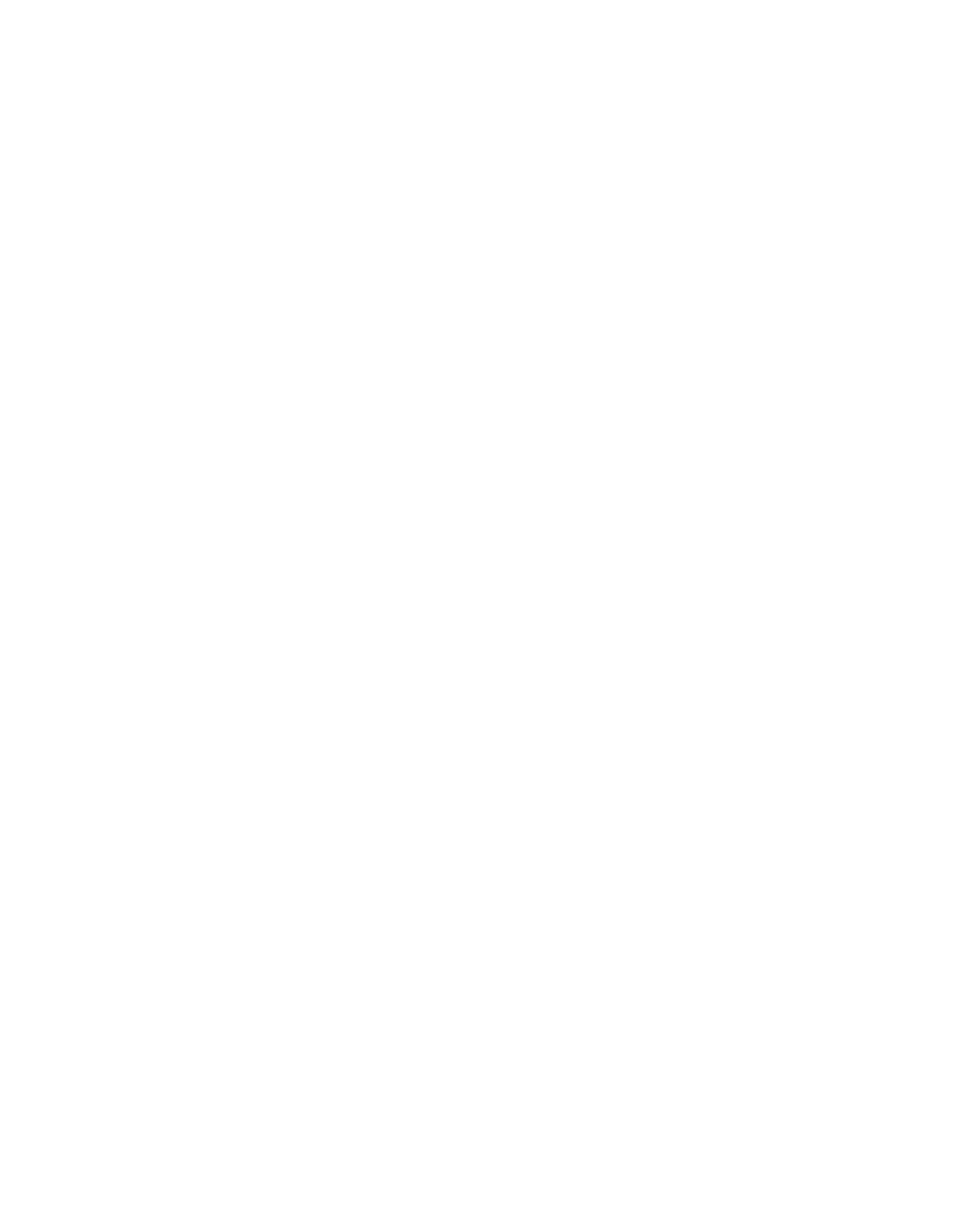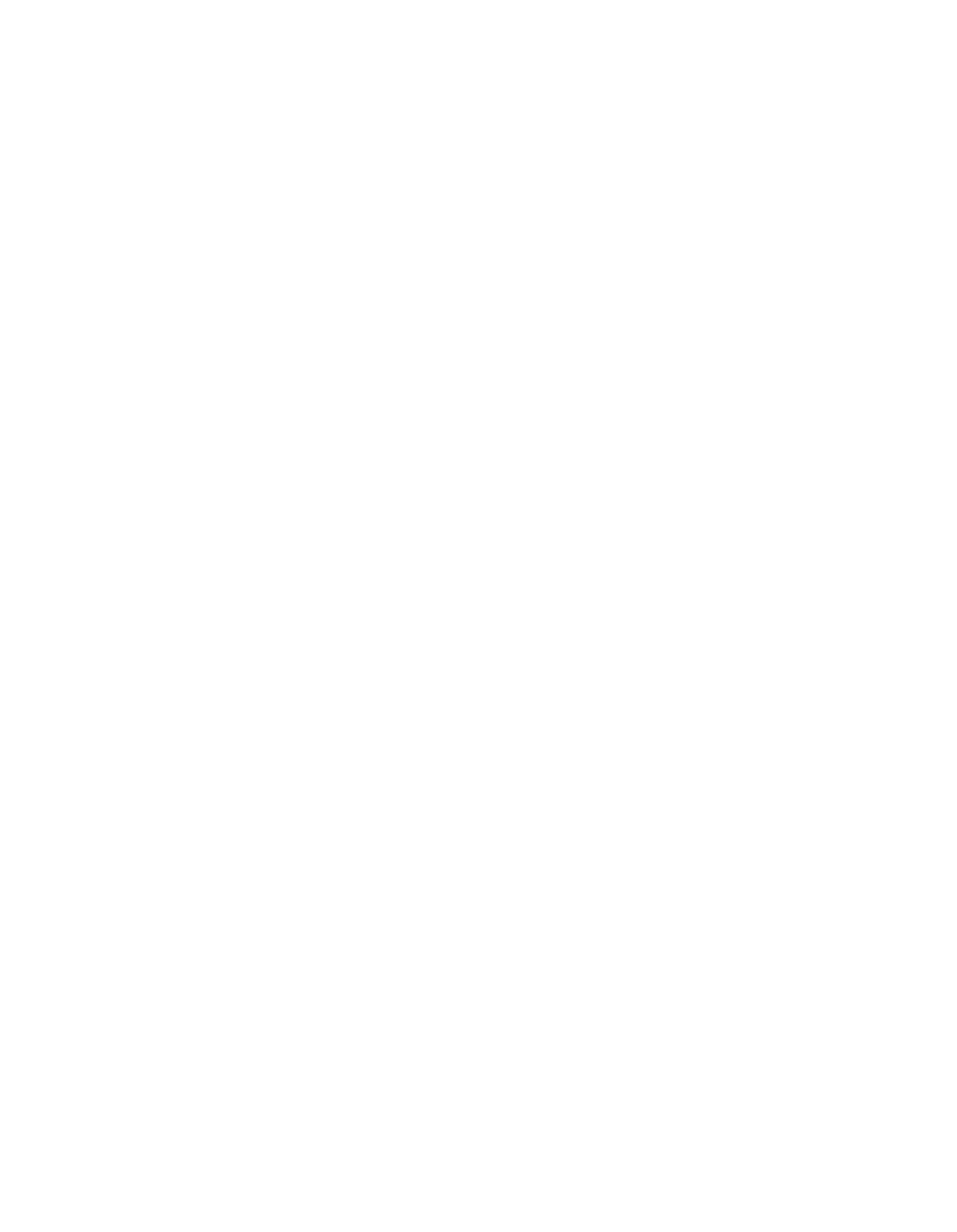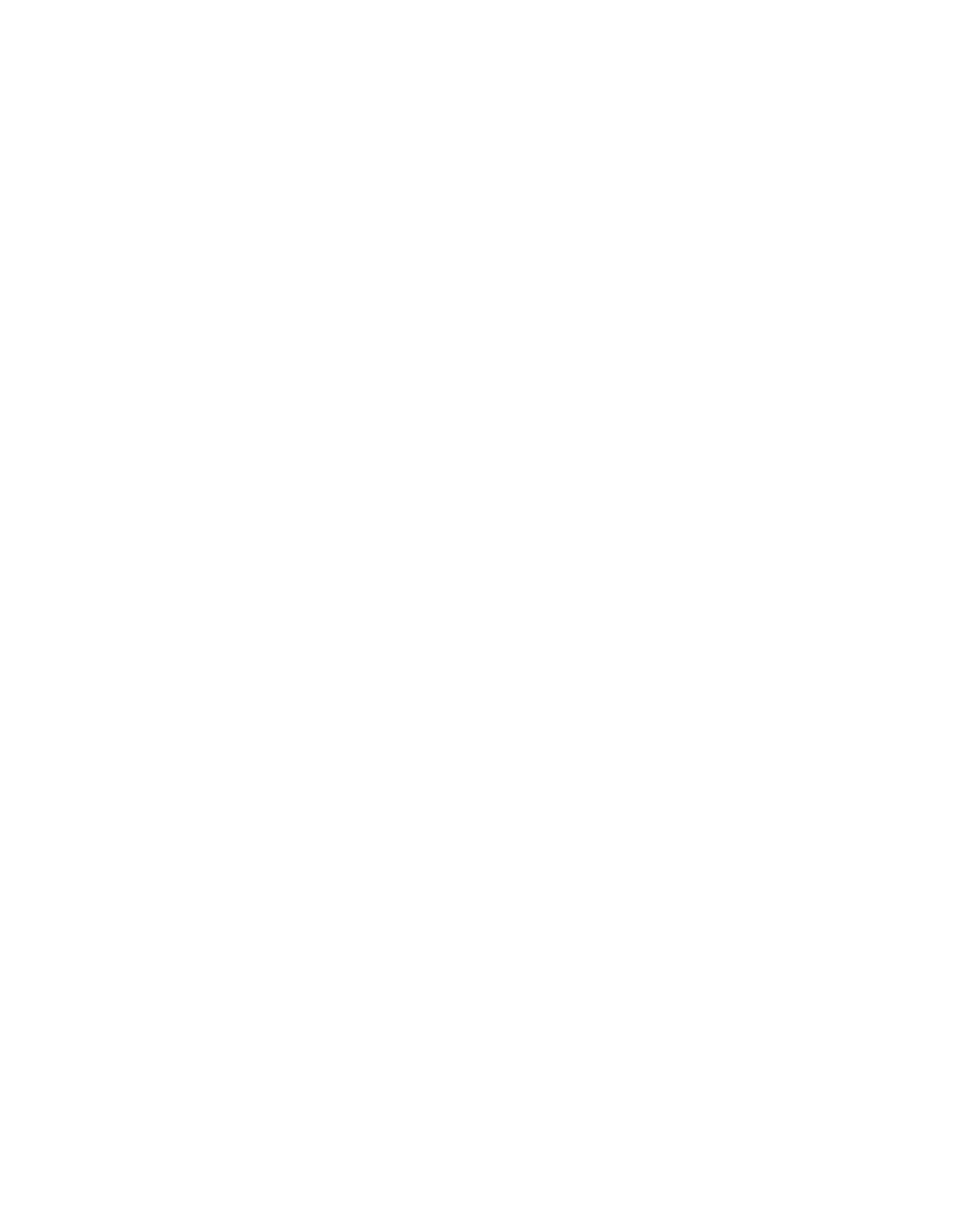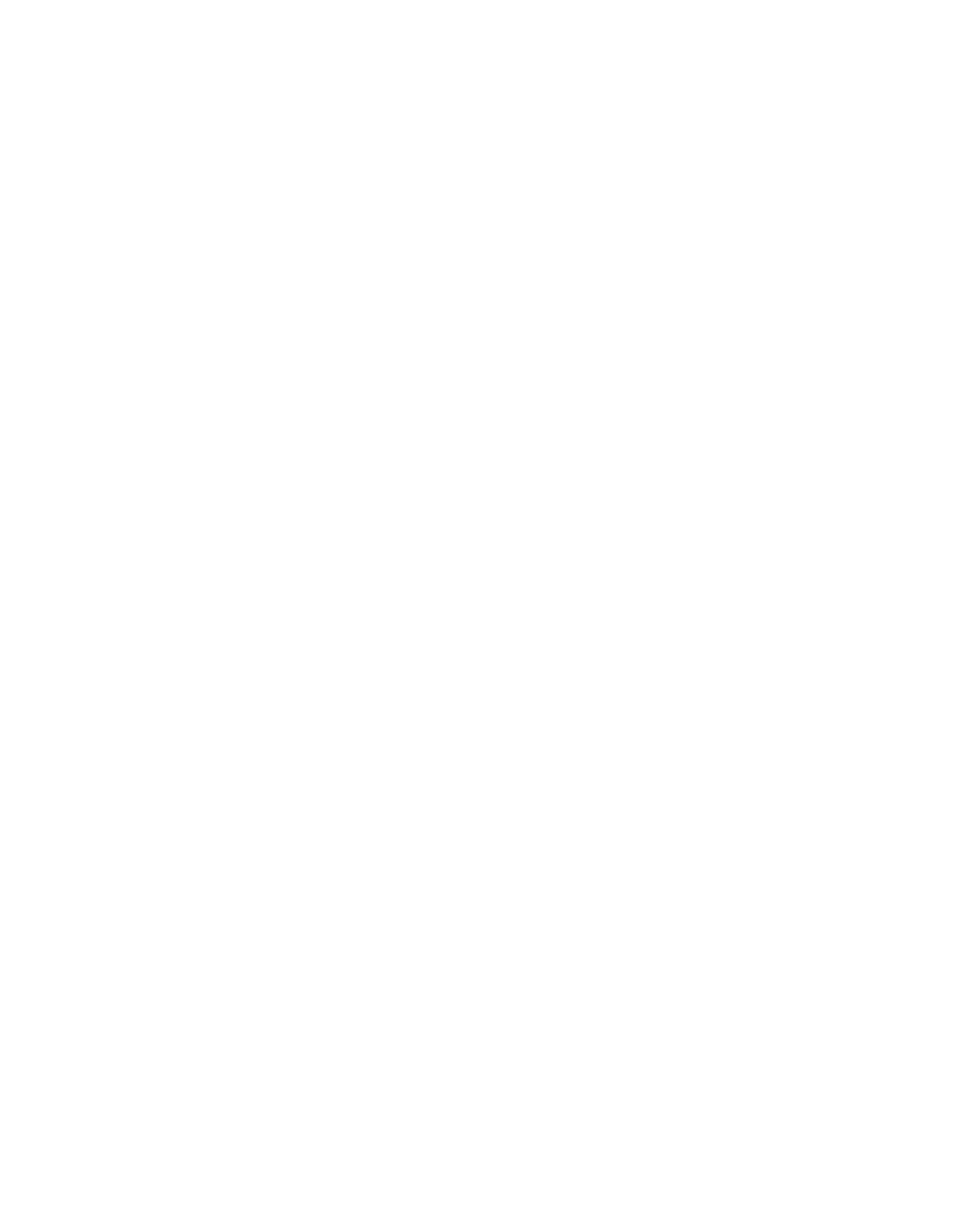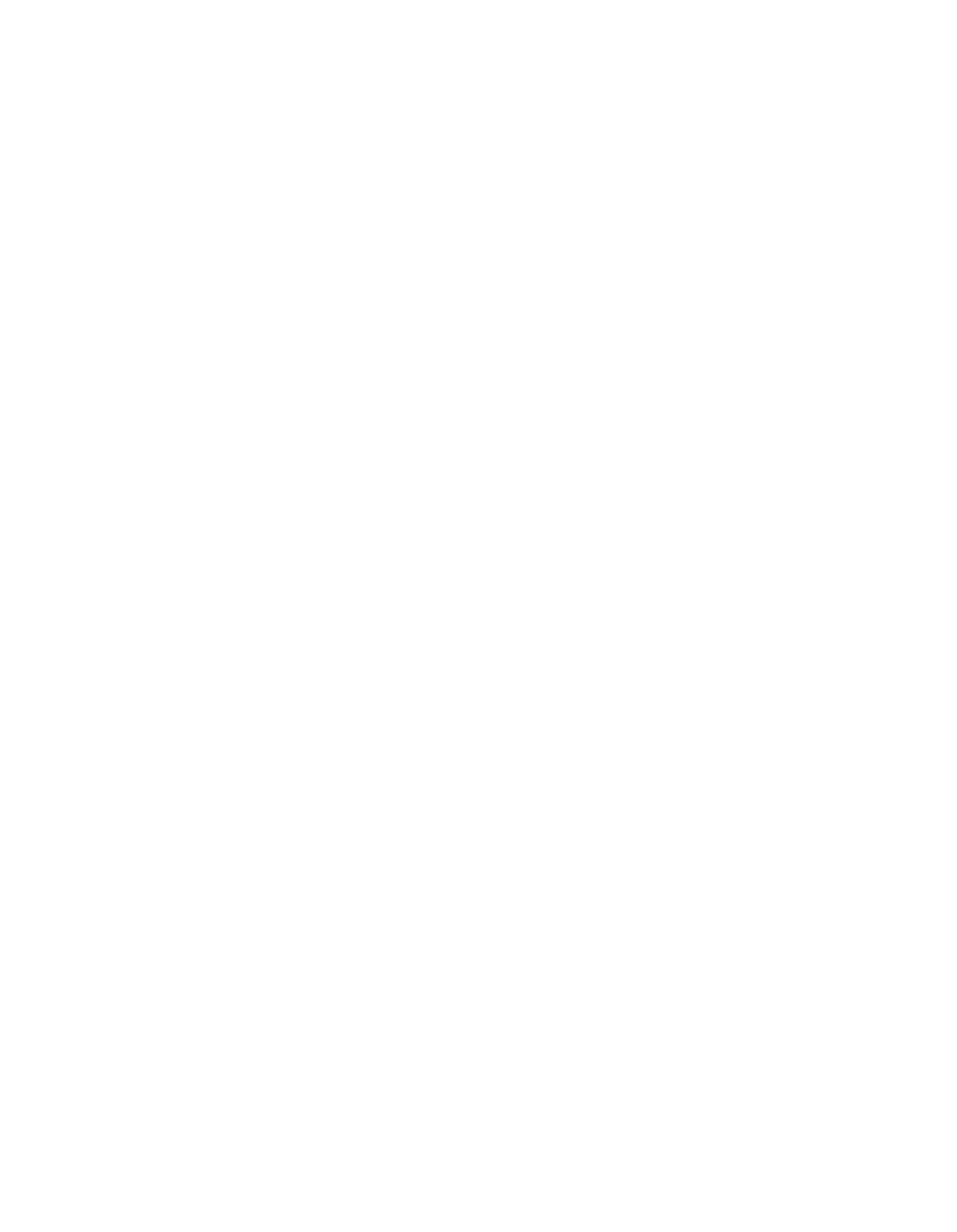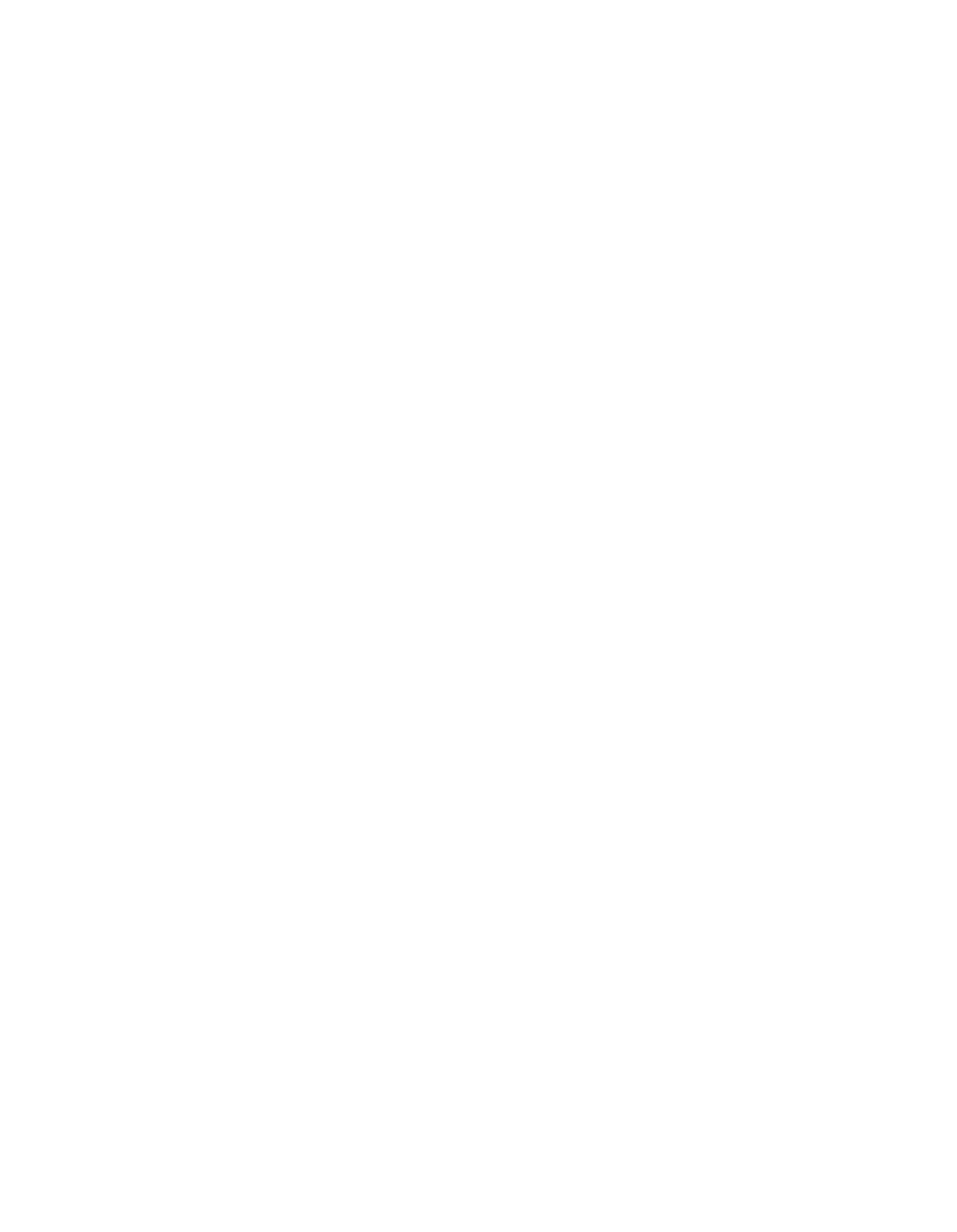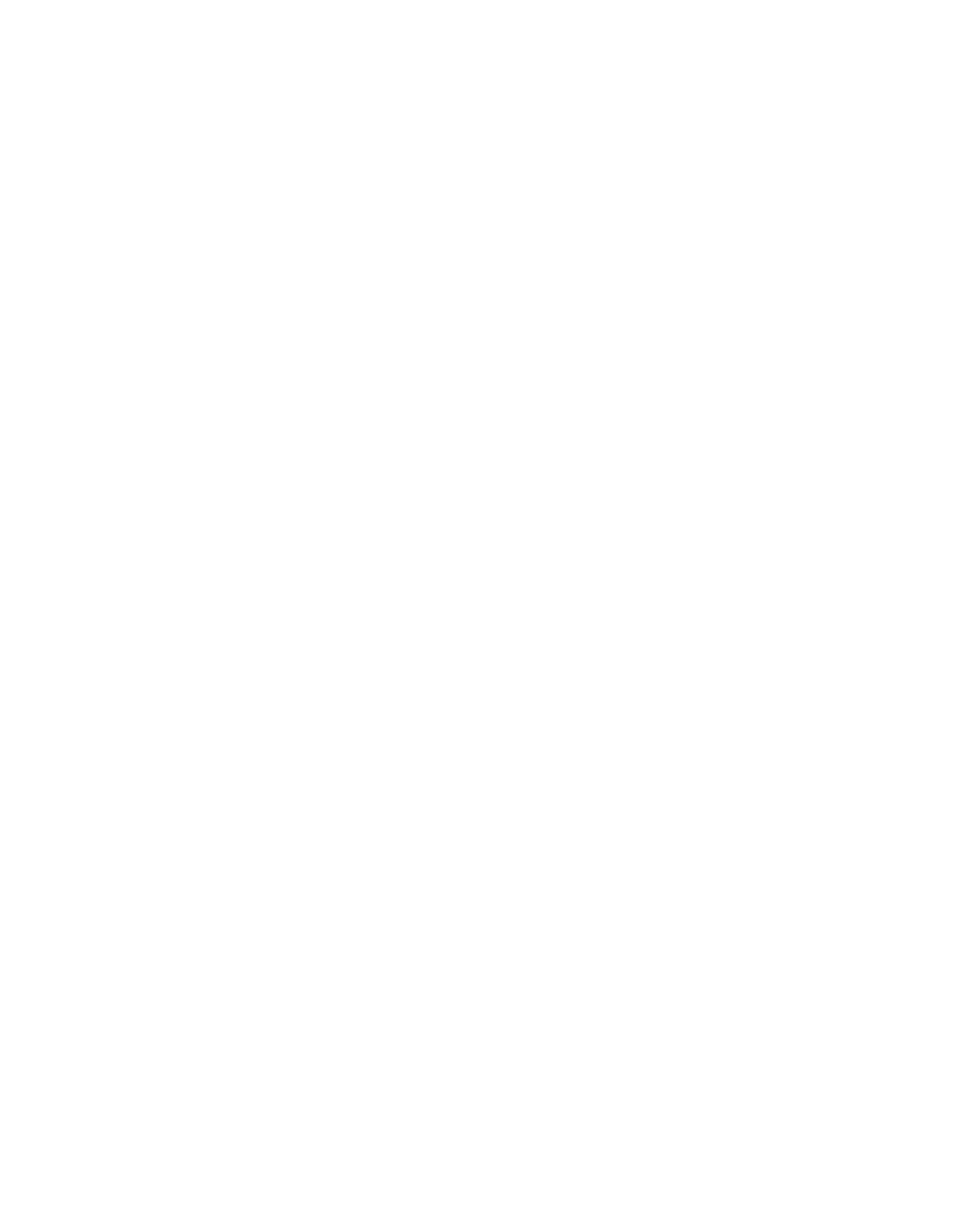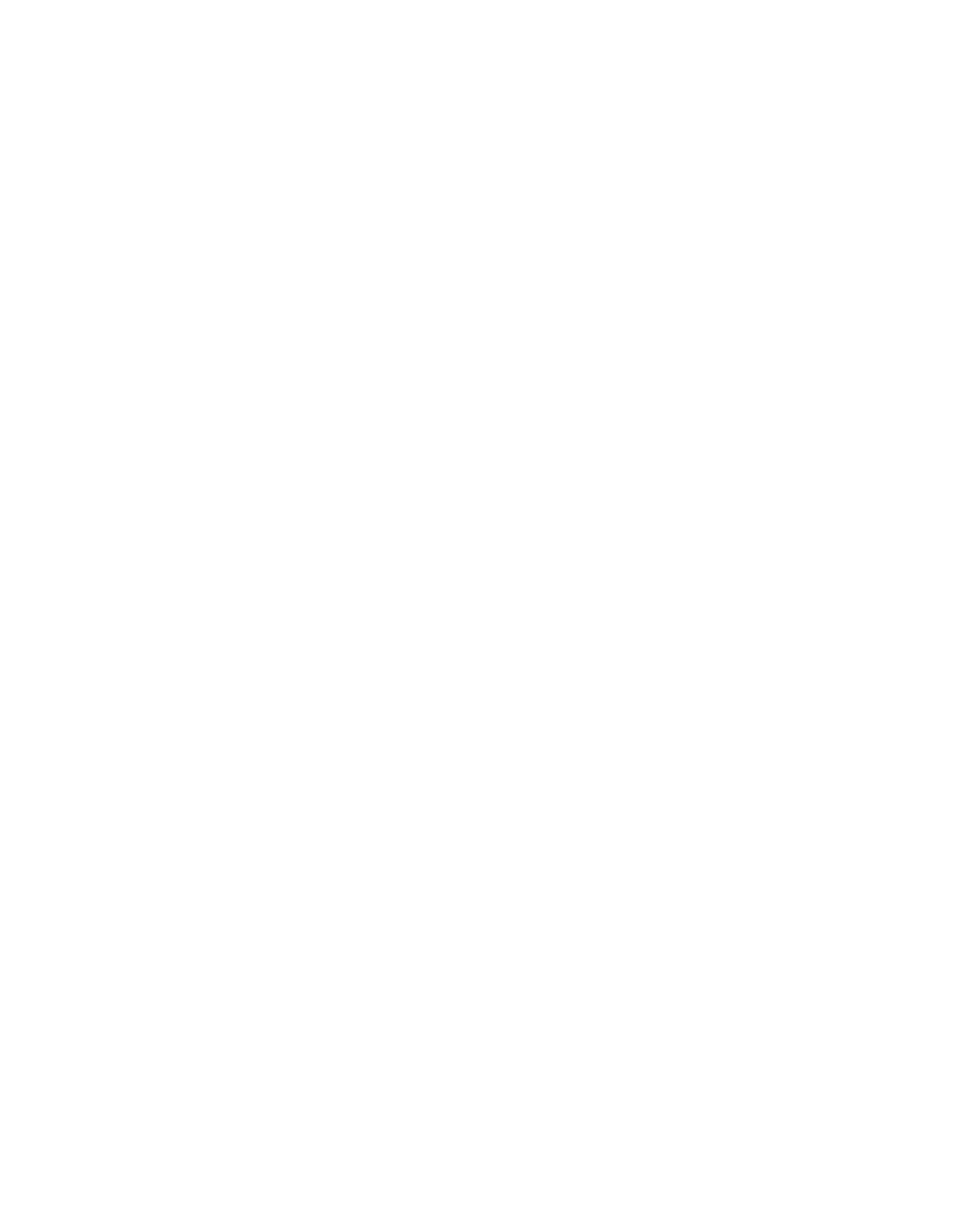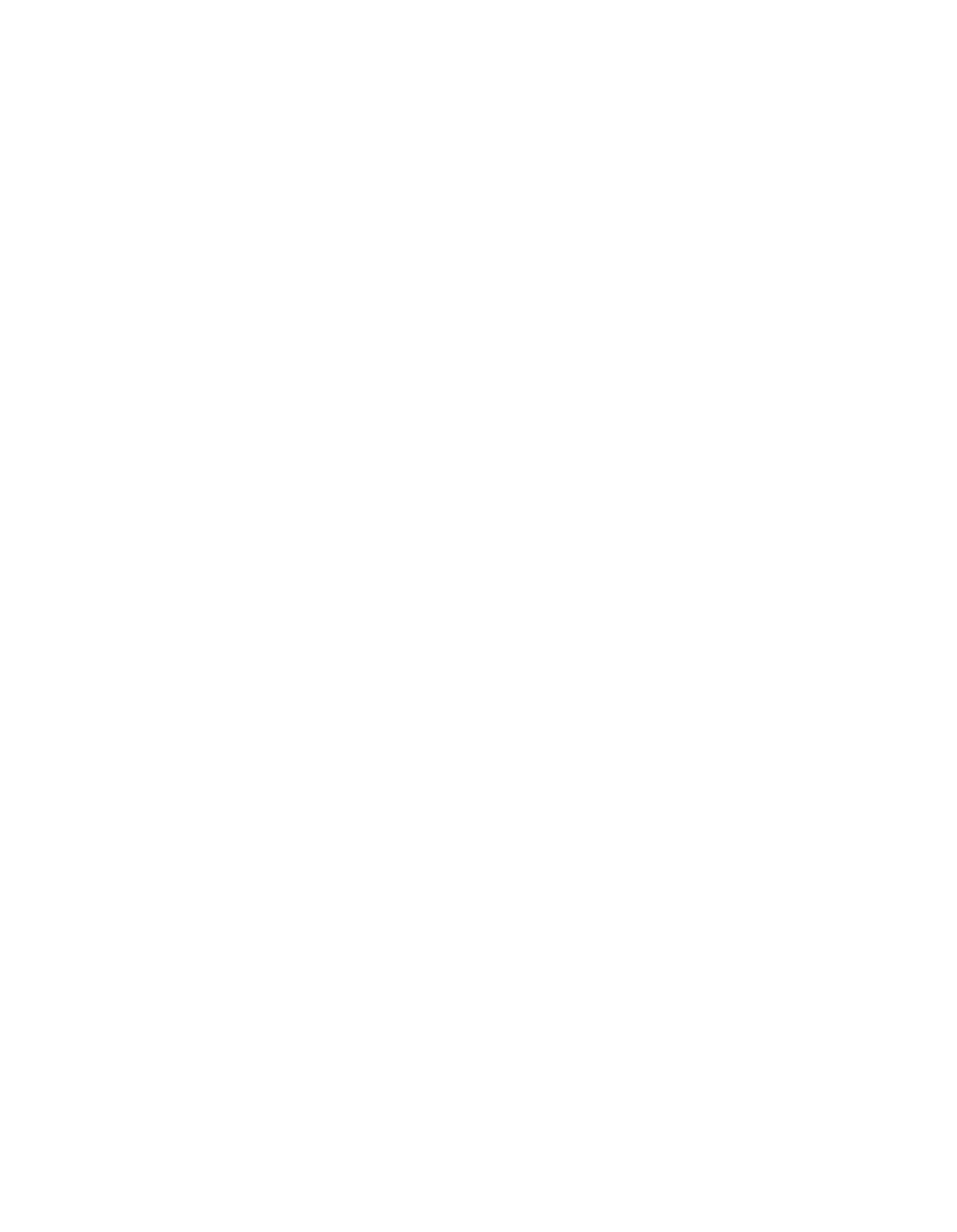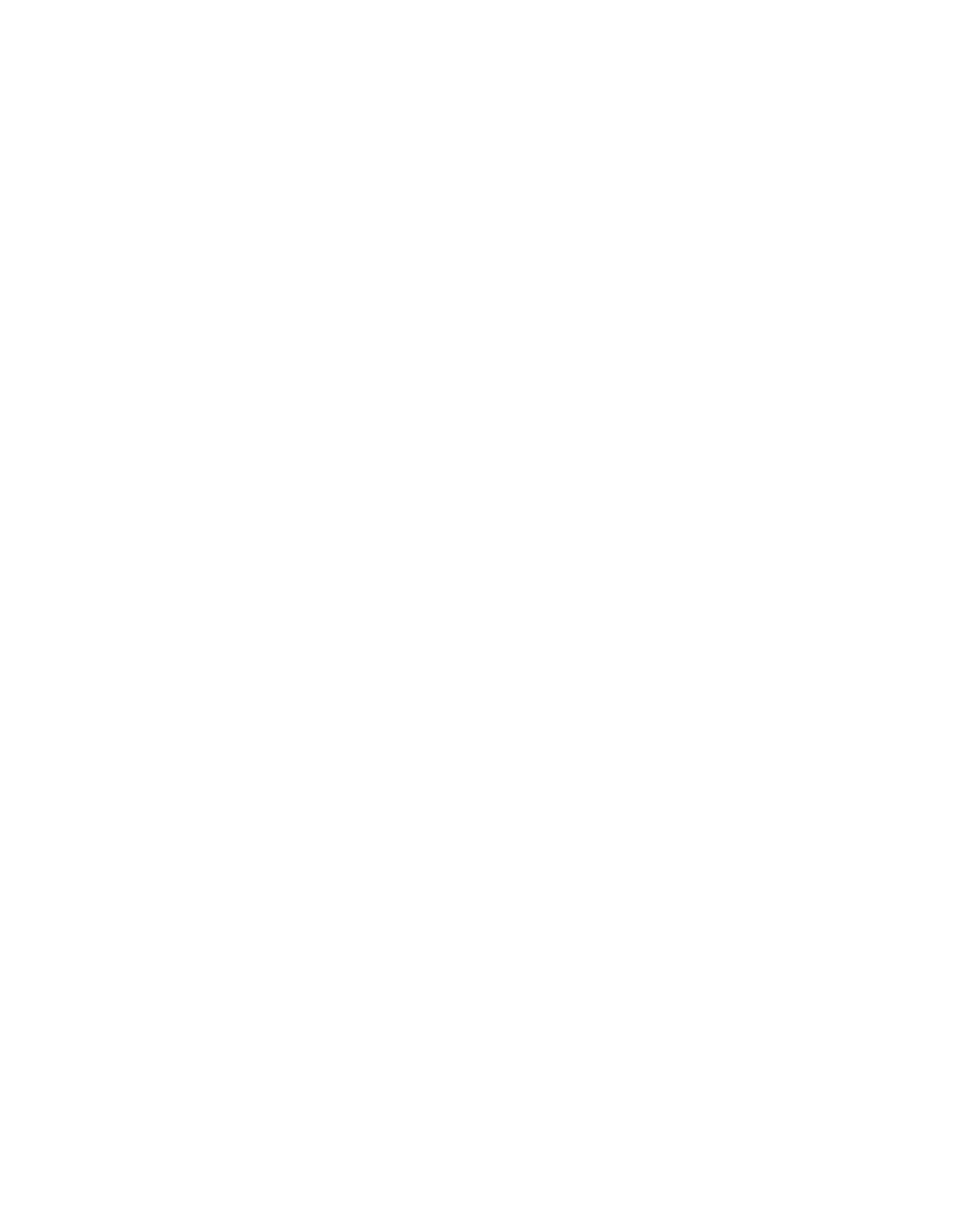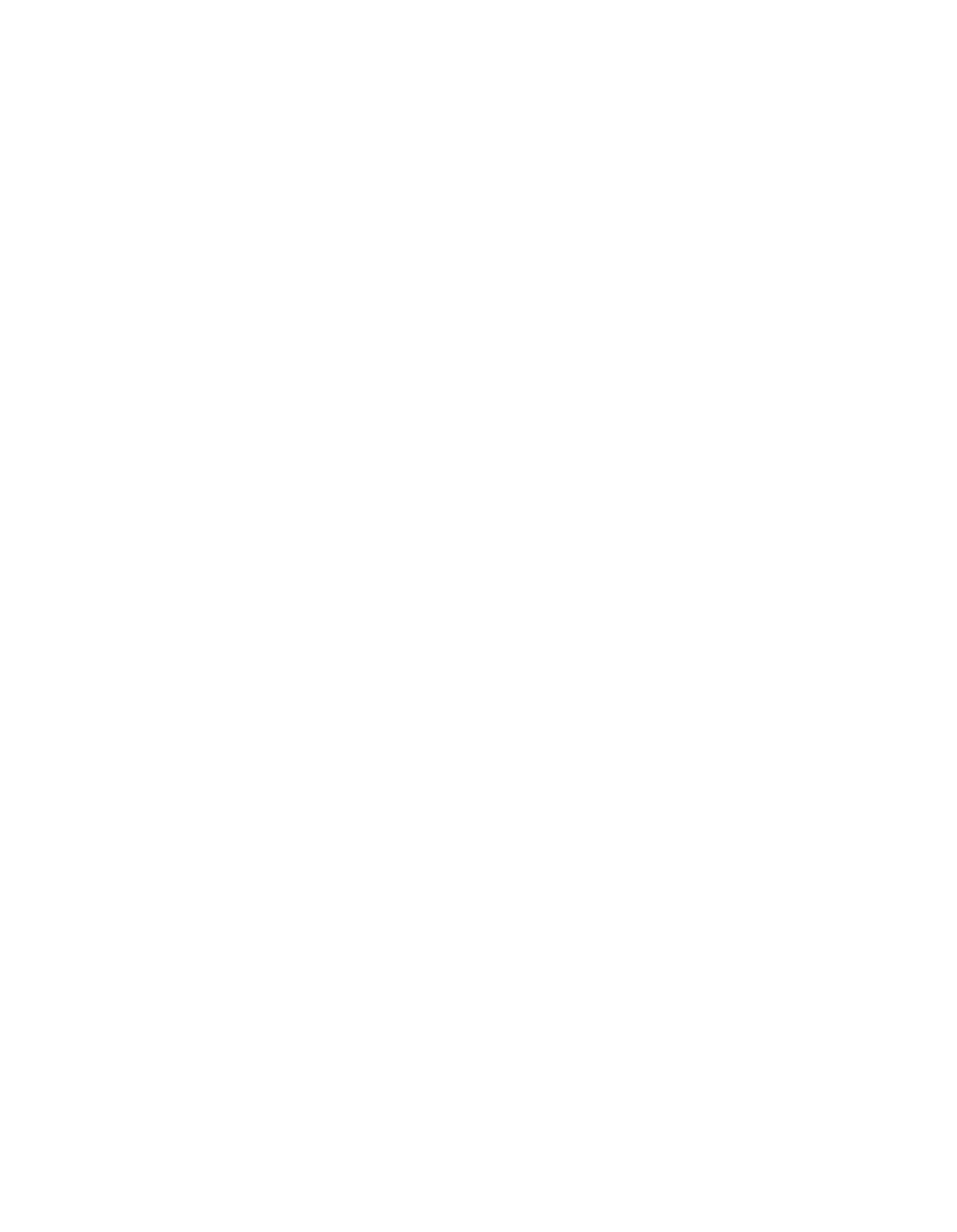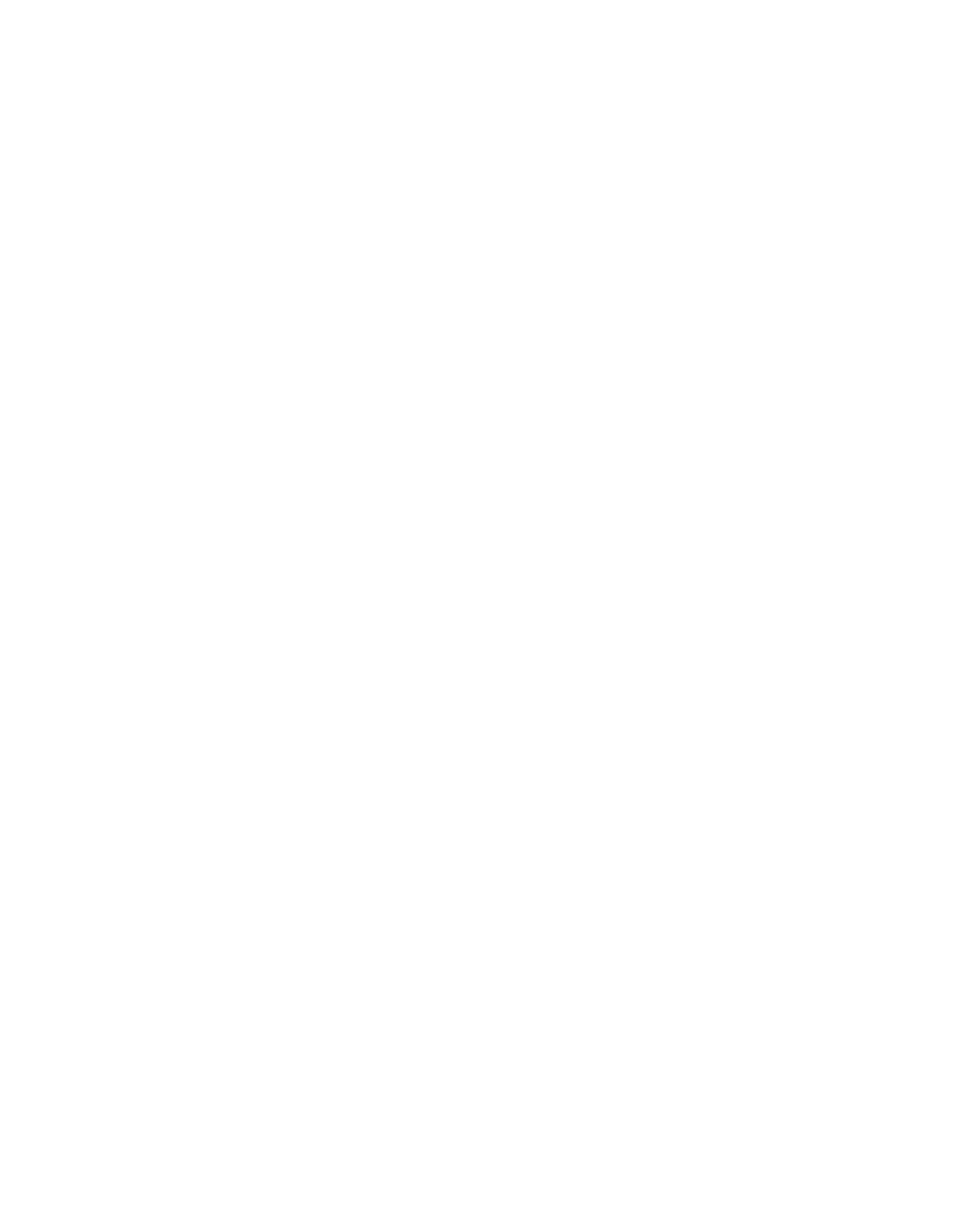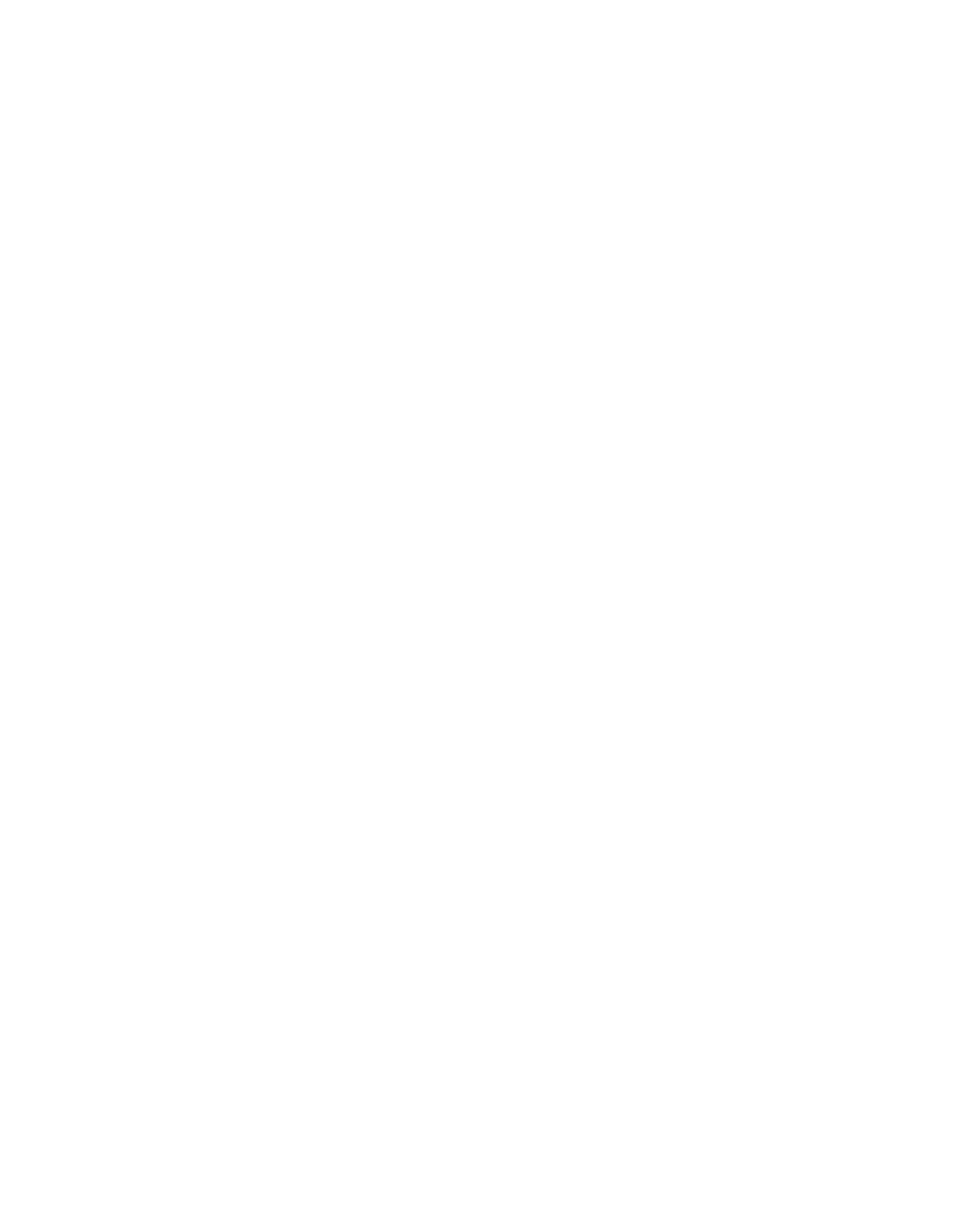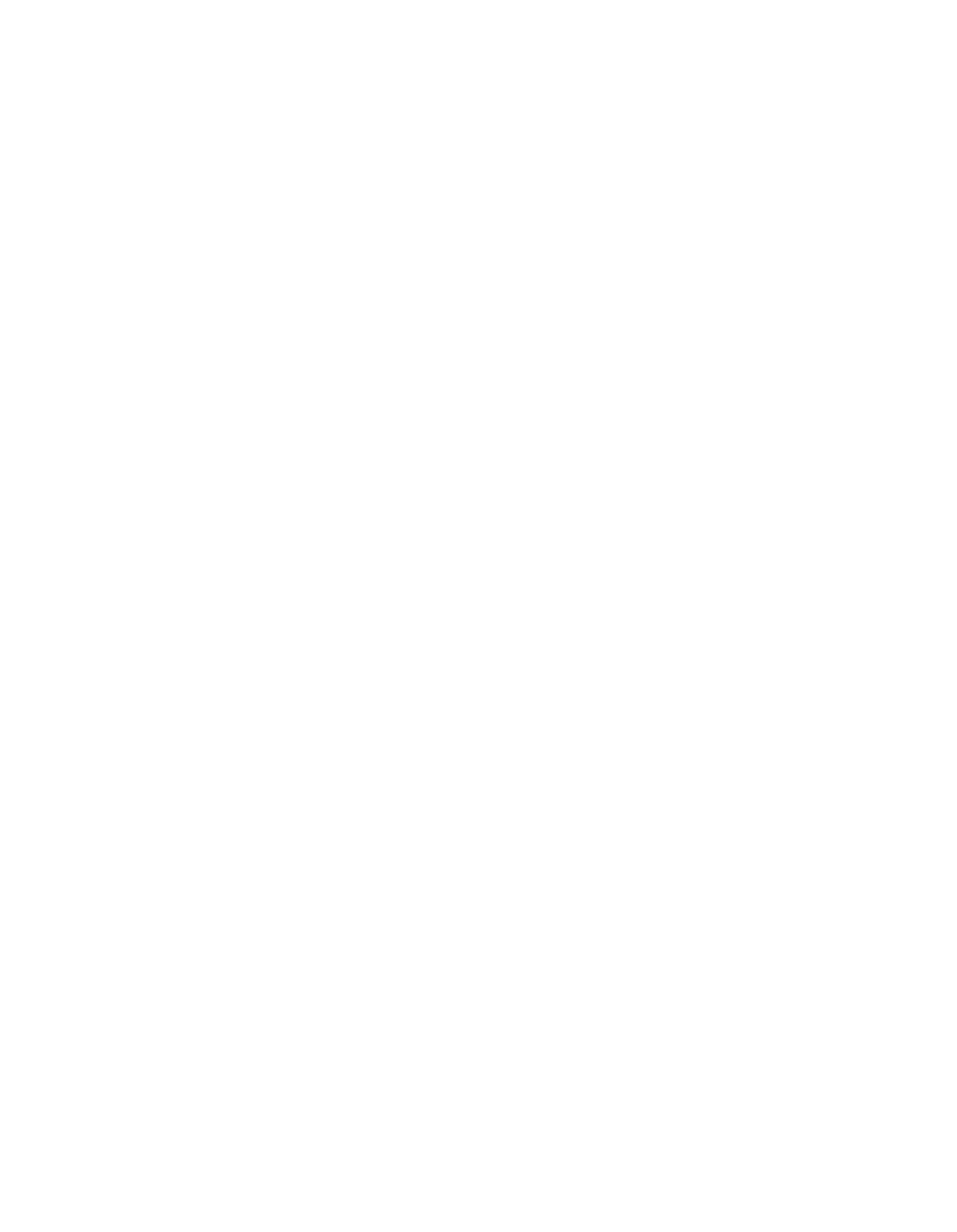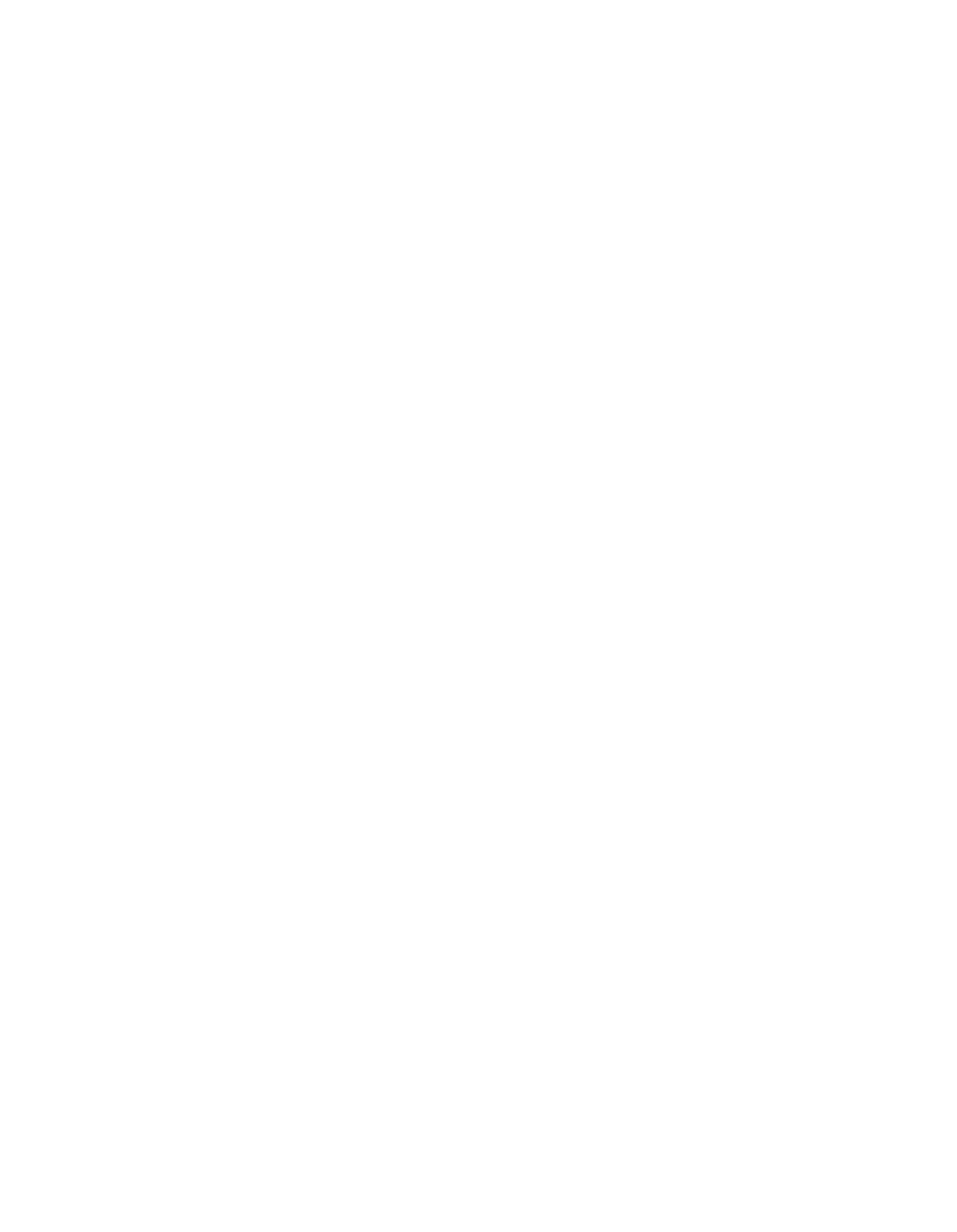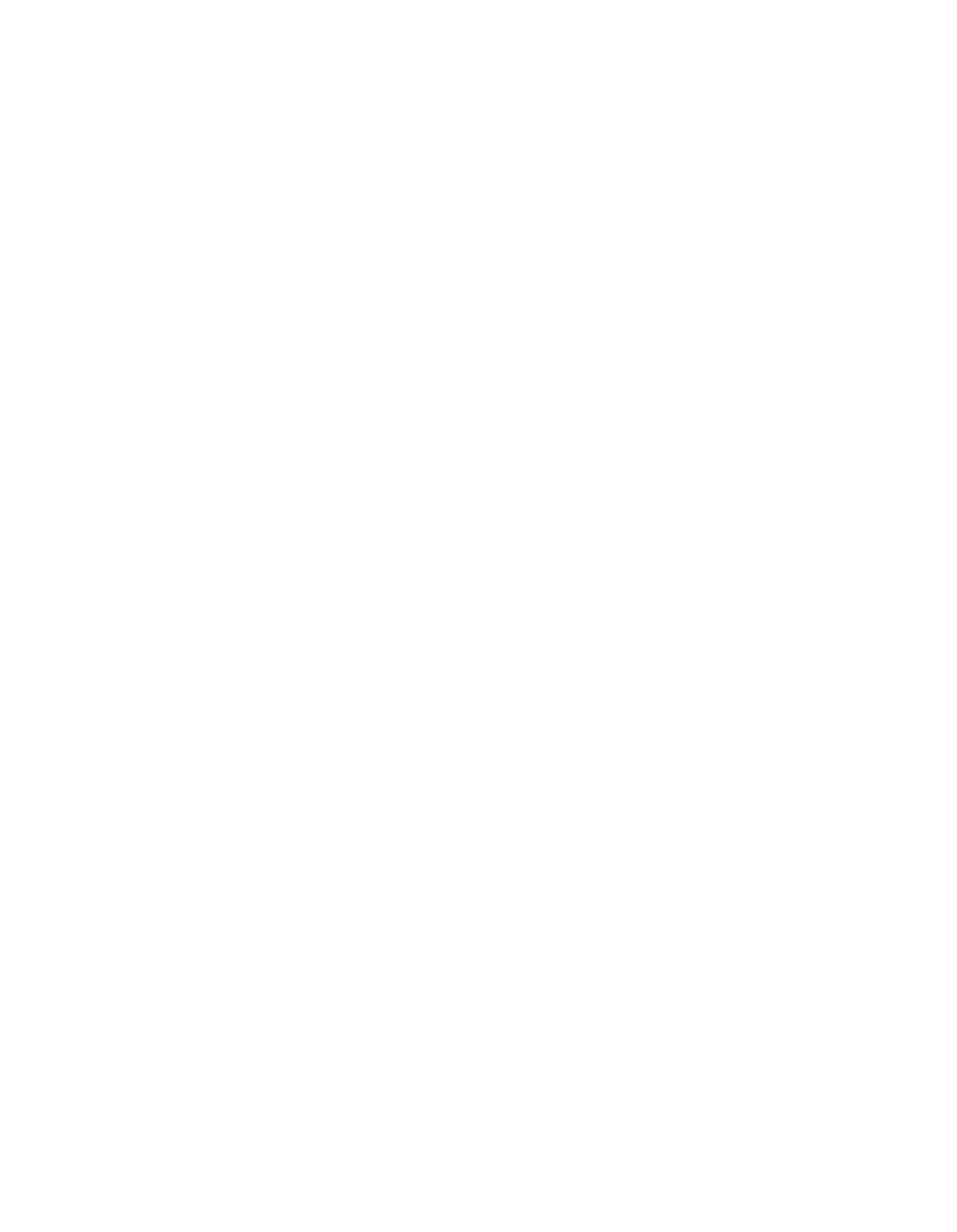ILLINOIS POLLUTION CONTROL BOARD
December 1,
1994
IN THE MATTER OF:
)
)
ENHANCED VEHICLE INSPECTION
AND
)
R94-19
MAINTENANCE
(I/N) REGULATIONS
)
(Rulemaking)
AMENDMENTS TO 35 ILL.
AD)!. CODE
)
240
Adopted Rule. Final Order.
OPINION
AND
ORDER OF THE BOARD
(by G. Tanner Girard):
This matter is before the Board on a July 20,
1994 proposal
filed by the Illinois Environmental Protection Agency
(Agency).
The Agency filed this proposal pursuant to Section 28.5 of the
Environmental Protection Act
(Act)
(415 ILCS 5/28.5
(1992)
3
and
Section 13B—20 of the Vehicle Emission Inspection Law of 1995
(VEIL)
(625 ILCS 5/13B—20, as added by P.A.
88—533, effective
January 18,
19943.
By this opinion and order the Board adopts amendments that
pertain to a vehicle inspection and maintenance program for the
Chicago and metropolitan East St. Louis areas of the state.
The
purpose is to aid the Illinois Environmental Protection Agency
(Agency)
in assembling an acceptable State Implementation Plan
(SIP)
for ozone for these two areas of the state for submission
to the U.S. Environmental Protection Agency
(U. S.
EPA).
As discussed more fully below, this proceeding involves
Board adoption of one segment of a set of regulations to provide
for an enhanced vehicle emissions inspection and maintenance
(I/N) program for Illinois.
Another segment is involved in
docket R94-20, which bears a nearly identical caption.
This
proceeding involves testing for vehicle engine exhaust emissions.
R94—19 involves testing vehicle fuel evaporative emissions.
These two dockets represent the whole of the Board’s rules of the
enhanced 1/14 program.
The Agency will independently implement
other aspects of the program.
The Board’s responsibility in this matter arises from the
Environmental Protection Act
(Act)
(415 ILCS 5 (1992).
The
Board is charged therein to “determine, define and implement the
environmental control standards applicable in the State of
Illinois”.
More generally, the Board’s rulemaking charge is
based on the system of checks and balances integral to Illinois
environmental governance: the Board bears responsibility for the
rulemaking and principal adjudicatory functions; the Illinois
Environmental Protection Agency is responsible for carrying out
the principal administrative duties.
The latter’s duties include
administering today’s regulation.
2
Procedural Summary
On July 20,
1994, the Agency filed this proposal for
rulemaking pursuant to Section 28.5(e)
of the Environmental
Protection Act and Section 13B-20 of the Vehicle Emissions
Inspection Law of 1995 (625 ILCS 5/13B—20
(see P.A. 88—533,
effective January 18,
1994).
The Board accepted the proposal for
hearing and proposed amendments for First Notice publication in
the Illinois Register on July 21,
1994 pursuant to Section
28.5(f), which required the Board to submit the proposed
amendments for First Notice publication within 14 days.
A Notice
of Proposed Amendments appeared in the Register on August
5,
1994,
at 18 Ill. Reg.
12021.
The Board conducted a public
hearing on September 8,
1994 pursuant to Section 28.5(g) of the
Act, which required the Board to conduct a hearing within 55
days.
The transcript of that hearing was available on September
14,
1994.
The hearing officer subsequently cancelled hearings
previously scheduled for October
7 and 21 at the request of the
Agency, because we received no objection to the rule from the
United States Environmental Protection Agency
(U. S.
EPA), and
because no person submitted a request for hearing by September
15,
1994.
Therefore the record closed in this matter on
September 28,
1994 pursuant to Section 28.5(1) of the Act.
The Joint Committee on Administrative Rules
(JCAR) voted an
objection to the proposed amendments pursuant to Sections 5—110
of the Administrative Procedure Act (APA)
5
ILCS 100/5-110
on
November 15,
1994.
The substance of that objection was as
follows:
At its meeting on November 15,
1994, the Joint
Committee on Administrative Rules objected to the above
cited rulemaking because the stringent standards will
cause economic hardship on the affected public and
because (the Board’s
action to adopt these standards
is premature.
The federal Vehicle Emissions Standards
program may be altered before its anticipated full
implementation in late 1995.
In a separate segment of this opinion and order, the Board has
refused to modify the amendments in response to the JCAR
objection pursuant to Section 5-110(c) (3) of the APA.
Basically,
we cite our legislative mandates as the basis for this refusal.
Therefore, we proceed to adopt the proposed amendments.
Statutory and Reaulatory Reauirements
The Board initially adopted a vehicle “inspection and
maintenance”
(I/N) program as part of 35 Ill. Adm. Code 240 in
R85—25 in 1986.
Sections 182(b)
and
(c)
of the federal Clean Air
Act
(CAA),
as amended in 1990, require the use of I/N programs in
areas not meeting the national ambient air quality standards
3
(NAAQS) for ozone or carbon monoxide.
The
CAA
specifies the use
of “basic” I/M programs in “moderate” nonattainment areas and in
“marginal” nonattainment areas with existing I/H programs.
It
requires
the
use
of
“enhanced”
I/N
programs
in
“serious”,
“severe”,
and
“extreme”
ozone
nonattainiuent
areas
with
urbanized
populations
of
200,000
or
more.
In
Illinois,
the
Chicago
and
Metro—East St. Louis (Metro—East) areas are classified as
“severe” and “moderate” nonattainment for ozone, respectively.
As such, they are subject to the federal I/N requirement.
Illinois recently adopted the Vehicle Emissions Inspection
Law of 1995
(625 ILCS 5/13B), P.A. 88—533, effective January 18,
1994.
That statute provides authority for the Agency to
implement an enhanced I/N program and meet U.S. EPA’S
requirements for such a program.
P.A. 88—533 mandates enhanced
I/N testing for the Metro-East area and certain portions of the
Chicago nonattaininent area.
P.A.
88-533, at new Section 13B-20, mandates that the Agency
propose and the Board adopt enhanced I/N rules by the identical-
in—substance rulemaking procedure.
The Agency proposed codified
U.S. EPA emissions standards concerning evaporative system
pressure and purge testing for the enhanced I/M program in
companion docket R94—20, proposed by the Board for public comment
on July 21,
1994,
by identical-in-substance procedures under
Section 28.4 of the Act, and adopted this same date.
However,
major portions of the federal enhanced I/M scheme are not
codified in federal regulations, but exist only as federal
guidance.
Section 7.2 of the Act, which defines “identical—in-
substance” rulemaking and establishes conditions for its use,
allows the Board only to adopt federal rules using the identical-
in—substance procedure.
The Agency accordingly chose to use the next most expedient
procedural mechanism, that of Section 28.5 “fast—track”
rulemaking
(415 ILCS 5/28.5),
since this rulemaking also
implements the requirements of the federal CAA.
The Agency’s
proposal represented the procedural means by which the Agency
sought to achieve the mobile source emissions standards necessary
for the implementation of the enhanced 1/14 program.
The
standards proposed incorporate federal guidance.
Review of Record
Section 28.5(f) required the Board to publish the Agency’s
proposal as received by the Agency, without substantive review.
Section 28.5(m) prohibited the Board from revising the Agency’s
proposal until after the close of the record unless the Agency
agreed to the changes.
That provision restricts the Board in the
scope of any revisions during the course of this proceeding to
those “based on the record”.
4
The substantive record consists of the Agency’s proposal and
accompanying documents; the transcript of the September 8
hearing; four exhibits tendered by the Agency at hearing; the
document entitled “Identical First Notice Line Numbered Version”,
in which JCAR indicates its suggested corrections to the proposed
rules; and five public comments.
The exhibits tendered include
an Agency errata sheet
(Ex. 1); the personal resume of Elizabeth
R. Tracy, Program Manager, Division of Vehicle Inspection and
Maintenance for the Agency
(Ex.
2); the personal resume of James
R. Matheny, P.E., Manager, Technical Services Section, Division
of Vehicle Inspection and Maintenance for the Agency
(Ex.
3); and
the personal resume of Ronald L. Wohrle, Manager, Field Services
Section, Division of Vehicle Inspection and Maintenance for the
Agency
(Ex.
4).
The public comments received were as follows:
PC 1 Illinois Department of Commerce and Community Affairs,
by Linda D. Brand, Manager of Regulatory Flexibility
Unit (to Vicki Thomas, Executive Director, JCAR),
received August 11,
1994
PC 2 Browning-Ferris Industries,
by William R.
Uffelinan,
Divisional Vice President, Government Affairs, Nidwest
Region, received August 31,
1994
PC
3 Office of the Secretary of State,
by Connie Bradway,
Index Department, Administrative Code Division,
received September 7,
1994
PC
4 City of Chicago, by Naribeth Flowers, Assistant
Corporation Counsel,
received September 19,
1994
PC 5 Agency, by Christopher P. Demeroukas, Assistant
Counsel, Division of Legal Counsel, received September
30,
1994
By PC 1, DCCA asserted that it defers to the findings of the
Board with regard to the impact of the proposed rules on small
businesses in Illinois.
By PC
2, Browning-Ferris Industries
(BFI) voiced general support for the proposed rules, while
suggesting a single change in the proposed regulatory language to
enhance clarity.
The Secretary of State, by PC
3, suggested two
minor format revisions to the proposed text.
By PC 4, the City
of Chicago voiced general support for the proposed rules,
highlighting the need for prompt adoption,
in order to achieve
the benefits of improved regional air quality and in order to
avoid federal sanctions.
The proposed changes suggested by PC
2
and PC
3 are discussed below.
At the public hearing, the Agency described the background
for its proposal, including the statutory and regulatory
background behind the proposal.
The Agency described that the
CAA
required Illinois to have submitted the statutory and
5
regulatory authority for a new vehicle I/N program by November
15,
1993.
The Agency stated that U.S. EPA notified Illinois on
December 30, 1993 that it would disapprove a proposed SIP
revision, thus triggering the federal sanctions provisions of the
CAA.
Illinois is required to submit a complete SIP request
involving a new vehicle I/H program within 18 months
(i.e.,
by
June 30,
1995) or face federal sanctions.
The possible sanctions
reportedly include an imposed one—for—one emissions offset for
new sources and the withdrawal of an estimated $710,000,000 in
federal highway funds.
The Agency described how the General
Assembly adopted P.A. 88-533 to confer the necessary statutory
authority in January,
1994,
and how the present proposal flowed
from that authority.
(Tr.
10-12.)
According to the Agency, U.S. EPA developed a performance
standard at 40 CFR 51, Subpart S for an I/N program.
In that
regulation, U.S. EPA sets forth the elements of an acceptable
program and the expected emissions reductions a state must meet
to have an acceptable program.
The Agency asserted that most of
the elements of the performance standard are not strictly
required by U.S. EPA,
so long as the emissions reductions
achieved by the state meet the federal objectives.
The Agency
stated that U.S. EPA has embodied additional standards into
guidance documents, upon which the Agency relied in assembling
the proposed vehicle I/N program amendments.
The Agency asserted
that the Board’s adoption of the proposed amendments would allow
the state to meet the federal objectives.
(Tr. 12-14.)
The Agency presented the testimony of Elizabeth R. Tracy and
James R. Matheny at hearing.
Ms. Tracy is in charge of the
operations of the Illinois vehicle emissions testing program.
She stated that the program presently tests 2,400,000 vehicles
each year at 19 stations in and around Chicago and three in the
Metro—East area, with 90 test lanes.
The tests are performed by
a contractor whose contract expires after 1995.
Since 1986,
the
program has performed nearly 20,000,000 vehicle tests.
The
present test includes an emissions control systems tamper check
and a high idle/low idle tailpipe emissions test.
(Tr.
20—21.)
Ms. Tracy asserted that an enhanced 1/14 program is mandated
for the Chicago area by federal law.
Illinois has decided to
apply the enhanced program to the Metro-East area to aid in
achieving the federally-required 15 percent reduction in volatile
organic material (VOM)
emissions for that area by 1996.’
Ms.
Tracy stated that the proposed enhanced vehicle I/M program would
help identify gross polluting vehicles, thus increasing the
‘
The Board notes that this is the goal for the Chicago and
Metro-East areas of the four “15
RAP plan” proceedings filed by
the Agency to date:
R94—l2, R94—15, R94-16, and R94-21.
6
efficiency and efficacy of a repair program and encouraging
proper maintenance.
It would also upgrade quality assurance.
The proposed new test, called the “IN 240” for its 240 second
test cycle, would test 1981 and newer vehicles under load on a
dynamometer.
The program would include tests of the fuel
evaporative emissions control system,
a check of the on—board
vehicle emissions control diagnostic system, and on—road testing
of emissions by remote sensors.
She stated that adoption of the
Agency proposal is “an integral and necessary step” towards
compliance with the federal requirements.
Ms. Tracy estimated
that the number of vehicles included in the program will expand
by about five percent in the Chicago area (by about 330,000
vehicles) and by about
121 percent
(by about 185,000 vehicles)
in
the Metro—East area as a result of the new Vehicle Emissions
Inspection Law of 1995.
(Tr. 22—25.)
Ms. Tracy asserted that the Agency would attempt to build
conveniences into the enhanced I/M program.
These include a
testing location within 12 miles of each motorist’s home and a
maximum 20-minute waiting period for testing.
Staggered,
biennial testing will reduce the frequency of testing for most
vehicles.
(Tr. 24—25.)
Ms. Tracy stated that the Agency will implement the enhanced
testing program initially by adopting its own regulations for the
operation of the program.
Once the Board has adopted regulations
based on the Agency proposal and the Agency has adopted the
operational regulations, the Agency will submit a complete SIP
revision proposal to U.S. EPA.
(Tr.
26; see Tr.
50—51 & 58—63.)
Mr. Matheny testified that the most significant changes
involved in changing from the existing emissions testing program
to the enhanced vehicle I/H program are the enlarged geographic
area, the change to biennial testing for all vehicles, the use of
improved testing procedures,
changes in the waiver requirements,
and other federally—required program features, such as procedures
for dealing with emissions—related recalls, the testing of on-
board diagnostic equipment, and the on-road testing.
When fully
implemented, the program will involve testing all 1981 and newer
vehicles using the IM 240 procedure.
The IN 240 procedure
consists of a series of vehicle accelerations, decelerations, and
high-speed cruises on a dynamometer to simulate on—road driving.
Older passenger cars and light-duty trucks, heavy-duty trucks,
and other vehicles that are unsuitable for dynamometer testing
will be tested using an upgraded version of the existing idle
emissions test.
Another change is the addition of
a fuel
evaporative emissions control system test to check for possible
tampering and system operation.
(Tr. 31-34.)
Mr. Matheny stated that the enhanced vehicle I/N program
will have an increased emission reduction effectiveness by a
factor of three in the Chicago area and a factor of six in the
7
Metro-East area over the existing program.
By the end of 2000,
the Agency expects the reduction in VON emissions to increase
from 35.2 tons per day
(tpd)
to 95.9 tpd in the Chicago area and
from 1.9 tpd to 12.6 tpd in the Metro-East area.
The Agency’s
technical review has assertedly placed it in the position to
prove to U.S. EPA that the enhanced I/M program will meet the
federal requirements.
Mr. Matheny asserted that the enhanced I/N
program will reduce area VON and nitrogen oxide
(NOr) emissions
to meet the federal program performance standards, provided the
emissions standards proposed by the Agency are adopted by the
Board.
(Tr.
34—36.)
Mr. Matheny testified that the Agency proposed emissions
standards identical to those recommended by U.S. EPA for use with
the IM 240 test.
These include startup standards,
for use during
the first two years of program implementation, and final
standards, for use after startup.
He said that the startup
standards are intended to smooth the transition from the existing
testing to the enhanced program.
The final standards are set at
levels believed necessary to achieve compliance by 2000.
Mr.
Matheny explained that the IM 240 test provides model year groups
within three vehicle classes:
light duty vehicles (passenger
cars),
light duty trucks
1
(up to 6,000 pounds gross vehicle
weight (gvwr)), and light duty trucks
2
(6,001 to 8,500 gvwr).
Separate emissions standards are provided for vehicles certified
for the tighter Tier 1 emissions standards of the 1990
CAA
amendments.
(Tr. 37—40
& 49—50.)
The Agency has proposed two standards for each model year—
vehicle class group.
The composite standards are mass emissions
rates over the entire 240 seconds of the IN 240 test cycle.
Phase
2 standards are the emissions rates allowed over the second
segment of the test cycle
(seconds 94 through 239).
A vehicle
passes the IM 240 test if either the composite emissions levels
are below the composite emissions standards or the Phase
2
emissions levels are below the Phase
2 emissions standards for
that model year and vehicle class for the vehicle.
(Tr. 40—41.)
Mr. Matheny stated that most other states implementing an
enhanced I/M program are using the federally-recommended
114 240
test.
He said that some states have chosen more stringent
emissions limitations if necessary to achieve the federal
performance standard for the particular nonattainment area.
More
stringent standards are used to offset program design
differences, like model year and vehicle type exemptions in the
particular area.
(Tr. 37—39.)
Mr. Matheny testified that there are only very minimal
differences in the emissions standards used in the steady—state
idle test.
He said that the Agency did not propose more
stringent emissions standards for pre—1981 vehicles because doing
8
so would have resulted in insignificant changes.
The Vehicle
Emissions Inspection Law of 1995 allows the use of the present
steady-state idle exhaust test for vehicles in model years 1968
through 1980, on heavy-duty vehicles
(those with a gvwr greater
than 8,500 pounds), and on any vehicle whose design or
configuration does not allow the use of the IN 240 test.
The
only differences are the redefinition of heavy duty trucks
(changing the lower weight limit from 8,000 pounds gvwr to 8,500
gvwr), splitting light duty trucks into two categories
(light-
duty trucks
1 and light-duty trucks
2
(and increasing the upper
limit to 8,500 pounds gvwr), and lowering the carbon monoxide
(CO)
and unburned hydrocarbons
(HC) emissions standards for post-
1980 light—duty trucks
(classes
1 and 2)
(from 3.0
to 1.2
and
300 parts per million
(ppm) to 220 ppm, respectively).
The
steady-state idle test is further improved by using an “initial
idle mode”,
a high—idle “conditioning mode”,
and a “second—chance
idle mode”, to assure that any initial failure was not due to
inadequate vehicle warm—up or preparation and giving each vehicle
an immediate second chance to pass the test.
(Tr.
37—43.)
The Agency intends to have all the regulations
(both Board
and Agency regulations)
in place in early 1995,
so it may begin
implementation of the enhanced I/M program.
The Agency is
presently preparing a request for proposals to obtain a
contractor to perform the testing.
The Agency intends to enter
into a contract by time the regulations are adopted.
However,
the Agency conceded that it is possible that it may submit a
proposed SIP revision including the program even if some elements
are not fully finalized.
(Tr.
50—53.)
A member of the general public questioned the Agency
witnesses at the September 8,
1994 public hearing.
Mr. John
Wright, of Martha Technologies inquired about the proposed
release date for the Agency’s request for quotations on the
testing contract.
The Agency responded that it intended to
release the request in mid—October, for a possible contract
inception date of January 1,
1996.
(Tr.
63-66.)
Aside from
questions by Board members and staff and the public comments
received, the Board received nothing further on the Agency’s
proposal.
Revisions to Agency’s Proposal
As noted above, the Board was constrained to rely on the
record in revising the Agency’s proposal without the Agency’s
consent.
The Board did,
in fact, made a small number of
corrections in the text of the rules as originally proposed by
the Agency.
In the First Notice proposal, we made agreed minor
corrections prior to submission for publication in the Illinois
Register.
These very minor corrections were made with the prior
9
consent of the Agency.
They involved corrections to the Illinois
Administrative Code-Illinois Register format of the proposed
amendments and the elimination of a duplicate definition.
The Board made additional changes in proceeding to Second
Notice on October 20,
1994.
These changes, resulting from
requests by the Agency, the Secretary of State,
and JCAR staff,
were discussed in the October 20 opinion and order, yet we
reiterate that discussion here.
At the September 8 public hearing, the Agency submitted an
“errata sheet”
(Ex.
1).
The changes made by the Board from the
First Notice-proposed text based on this errata sheet included
correction of the citation to the Vehicle Emissions Inspection
Law of 1995 at Section 240.151
(a change also requested by JCAR
staff) and the addition of the words “at or” in two places in the
fifth sentence of Section 240.164.
The Agency later requested a single set of simple changes.
As a result of this request, the Board has changed
“=“
in
Sections 240.Table A and 240.Table B to
“?“.
This use of the
correct scientific symbol comports with the Board’s general
tendency to use the appropriate technical symbols for enhanced
clarity.
Beyond these Agency—consented changes, the Board necessarily
made minor revisions to the Second Notice test based on JCAR and
Secretary of State
(PC
3) requests.
We changed the
Administrative Code-Illinois Register format of the definitions
of “loaded mode” and “test procedure” in Section 240.102 in
response to PC
3 and JCAR’s “Identical First Notice Line Numbered
Version”.
In response to verbal
JCAR
requests, the Board revised
the format to citations to the Act at the main source note and at
Sections 240.101 and 240.105(a); citations to the vehicle
inspection statute at Sections 240.104, 240.105(b), and 240.151;
and citations to the Illinois Vehicle Code at Section 240.102
(definition of “motor vehicle”).
We further corrected
punctuation in Section 240.102 in response to the verbal JCAR
request:
hyphenating “steady-state” in the definition of “high—
idle”, removing the commas from the numbers in the definitions of
“light duty truck 1” and “light duty truck 2”, and adding commas
in the definitions of “motor vehicle” and “tier 1”.
A final change related to codification constraints imposed
on the Board by
JCAR.
JCAR
has requested that the Board not
include the date in citations to the Illinois Compiled Statutes.
The text of the Agency proposal originally included these dates,
but the Board deleted them upon request by JCAR.
We believe that
the dates are useful because subsequent statutory amendments
would hinder any future research into the authorities cited.
To
accommodate JCAR and at least partially achieve the goal of
complete citation to authorities, we have added a Board Note to
10
Part 240.
This follows our action with regard to Part 211,
218,
and 219 in R94—l5 and R94—16.
The record did not support revision of the Agency’s proposed
amendments on any other basis
in the Second Notice opinion and
order.
This was despite the comments of BFI (PC 2).
BFI
suggested that the Board should revise the language of Section
240.104 to incorporate the inspection applicability language from
Section 13B-15 of the Vehicle Emissions Inspection Law of 1995.
BFI stated that confusion is possible relating to the
applicability of the amended inspection regulations to diesel—
powered vehicles.
Section 13B—15(f)(8) expressly exempts diesel-
powered and exclusively electric-powered vehicles.
BFI stated
that the presence of a definition of “diesel engine” in Section
240.102 might confuse persons in the regulated community as to
the applicability of the inspection requirements.
The Agency responded that no change is desireable.
First,
the Agency highlighted that the Section 240.104 applicability
statement refers directly to Section 13B—15 for applicability.
Second, the Agency highlighted that Part 240 includes regulations
for inspection of diesel—powered vehicles at Subparts B and C.
(The vehicles subject to the enhanced I/N program are subject to
Subparts B and D through F.)
Third, the Agency asserted that
incorporating the language of Section 13B-15 directly into
Section 240.104 would require a regulatory amendment in the event
of a statutory amendment before the Agency could implement the
revised intent of the General Assembly.
While the Board generally prefers to have the regulations
appear in as complete a form as possible for clarity and the
benefit of the regulated community, we agreed with the Agency in
this instance that the BFI-requested change was not desireable.
We noted that the universe of vehicles subject to inspection
under the enhanced I/M program is essentially the same as it
presently is under the existing program.
(~g625 ILCS 5/13A—
104(d) (8).)
Further, vehicles are subject to inspection upon
notice to the owner by the Agency under both programs.
(~
625
ILCS 5/13A—104 (a)
& 138—15 (a).)
Under these circumstances, the
Board believed that the likelihood of confusion is minimal and
that any such likelihood is quickly dispelled by reference to the
Agency—proposed text of Section 240.104 and Section 13B-15 cited
therein.
The Board has not further substantively revised the text of
the amendments since the Second Notice opinion and order of
October 20,
1994.
JCAR staff submitted no additional changes,
and revision is not a suitable response to the November 15,
1994
JCAR objection.
The only change in the text is the addition of a
reference to R94-20 to the source note to Part 240, which the
Board intends to file first at the suggestion of JCAR staff.
11
Board Response to JCAR Obiection
The Board declines to modify the amendments in response to
an objection by the Joint Committee on Administrative Rules on
November 15,
1994.
The Board will cause the following discussion
to be published in the Illinois Register:
RESPONSE TO JCAR OBJECTION
The Board proposed amendments to the Illinois vehicle
emission testing program for First Notice publication in the
Illinois Register on July 21,
1994.
We adopted a Second Notice
opinion and order on October 20,
1994.
The Joint Committee on
Administrative Rules
(JCAR)
voted an objection to the proposed
amendments pursuant to Sections 5-110 of the Administrative
Procedure Act
(APA)
5
ILCS 100/5—110
on November 15,
1994.
The
substance of that objection was as follows:
At its meeting on November 15,
1994, the Joint
Committee on Administrative Rules objected to the above
cited rulemaking because the stringent standards will
cause economic hardship on the affected public and
because (the Board’s
action to adopt these standards
is premature.
The federal Vehicle Emissions Standards
program may be altered before its anticipated full
implementation in late 1995.
The Board respectfully declines to modify the amendments in
response to the JCAR objection pursuant to Section 5-110(c) (3) of
the APA.
As the basis for this refusal, we cite statutory
mandates:
1.
Legislative mandates require us to adopt these
amendments to the Illinois vehicle emission inspection and
maintenance
(I/M)
program within short timeframes.
2.
The Board’s regulations do not affect the costs of
compliance with the enhanced vehicle I/M program.
Rather,
implementation of the legislation required to meet federal
mandates results in those costs.
3.
There is no federal action to limit the scope of the
mandate that Illinois pursue a vehicle I/N program at this
time.
Deadlines for Board Adoption of Vehicle I/M Regulations
The Illinois enhanced vehicle I/M program arose through a
legislative mandate prompted by the federal Clean Air Act
Amendments of 1990.
That mandate required the Illinois
Environmental Protection Agency (Agency) to propose vehicle
emissions standards.
Under “fast track” rulemaking, that
12
deadline would be January
3,
1995.
Sections 182(b) and
(c) of the federal Clean Air Act
(CAA)
(42 U.S.C.
SS 7511a(b)
&
(c)),
as amended in 1990, require the
use of I/N programs in areas not meeting the national ambient air
quality standards (NAAQS) for ozone or carbon monoxide.
Illinois
adopted the Vehicle Emissions Inspection Law of 1995
(VEIL)
625
ILCS 5/13B), P.A. 88—533, effective January 18,
1994.
That
statute requires the Agency to implement an enhanced vehicle I/H
program and meet U.S. EPA’S requirements for such a program.
P.A.
88-533 mandates enhanced I/N testing for the Metro-East area
and certain portions of the Chicago nonattainment area.
Section 28.5 of the Environmental Protection Act
(Act)
requires that the Board adopt regulations to implement the
federal Clean Air Act Amendments on a “fast—track” basis.
Section 28.5 of the Act contains very tight time-frames for Board
actions; these would have required the Board to adopt the
enhanced I/H amendments by January,
1995.
Increased Costs
The Board’s regulations are not the origin of increased
costs of implementing the enhanced vehicle I/N program.
Rather,
implementation of the VEIL legislation, which passed in response
to federal mandates, results in those costs.
The enhanced vehicle I/M program will entail increased costs
of compliance.
The Agency estimated the enhanced vehicle I/N
program will cost the regulated community about $68,234,758
in
increased vehicle maintenance in calendar year 1997.
Nothing in
the Agency-proposed regulations in R94-19 affects the impact of
implementing this program; these costs derive directly from the
legislative mandates of VEIL.
Nowhere does VEIL authorize the
Board to consider these costs.
Rather,
Section 28.5(m) of the
Act limits the Board’s discretion to narrow the scope of the
Illinois enhanced vehicle I/N program.
Federal Revision of the Clean Air Act
There is no federal action to limit the scope of sections
182(b) and
(c)
of the Clean Air Act.
We do note,
however, that
should Congress cause U.S. EPA to revise its regulatory
requirements for the enhanced vehicle I/H program, Section 28.5
of the Act will enable the Agency to promptly propose, and the
Board to rapidly adopt, amendments to the program.
This would
allow the Board and the Agency to implement no more than minimum
federal standards in Illinois.
For the foregoing reasons, we must respectfully “refuse to
modify” the amendments pursuant to Section 5—110(c) (3)
of the
APA,
in response to the JCAR objection of November 15,
1994.
The
13
Board proceeds to adopt the proposed amendments under docket
number R94-19.
ORDER
The Board directs the Clerk to cause the filing of the
following proposal with the Office of the Secretary of State:
TITLE 35:
ENVIRONMENTAL PROTECTION
SUBTITLE B:
AIR POLLUTION
CHAPTER
I:
POLLUTION CONTROL BOARD
SUBCHAPTER
k:
EMISSION
STANDARDS AND
LIMITATIONS
FOR
MOBILE
SOURCES
PART
240
MOBILE SOURCES
SUBPART A:
DEFINITIONS AND GENERAL PROVISIONS
Section
240.101
Preamble
240.102
Definitions
240.103
Prohibitions
240.104
Inspection
240.105
Penalties
240.106
Determination of Violation
240.107
Incorporations by Reference
SUBPART B:
EMISSIONS
Section
240.121
Smoke Emissions
240.122
Diesel Engine Emissions Standards for Locomotives
240.123
Liquid Petroleum Gas Fuel Systems
240.124
Vehicle Exhaust Emission Standards
240.125
Compliance Determination
SUBPART
C:
HEAVY-DUTY
DIESEL
SMOKE
OPACITY
STANDARDS
AND
TEST
PROCEDURES
Section
240.140
Applicability
240.141
Heavy-Duty Diesel Vehicle Smoke Opacity Standards and
Test Procedures
SUBPART D:
STEADY-STATE IDLE MODE TEST
EMISSION STANDARDS
Section
240.
151
Applicability
240.152
Steady—State Idle Mode Vehicle Exhaust Emission
Standards
240.153
Compliance Determination
SUBPART
E:
TRANSIENT
LOADED MODE TEST
14
EMISSION
STANDARDS
Section
240.161
Applicability
240.162
Vehicle Exhaust Emission Start-Up Standards
240.163
Vehicle Exhaust Emission Final Standards
240.164
Compliance Determination
SUBPART
F:
EVAPORATIVE
TEST
STANDARDS
Section
240.171
Applicability
240.Appendix A Rule into Section Table
240.Appendix B Section into Rule Table
240.Table A
Vehicle Exhaust Emission Start-Un Standards
240.Table B
Vehicle Exhaust Emission Final Standards
AUTHORITY:
Implementing Sections 9,
10 and 13 and authorized by
Sections 27 and 28.5 of the Environmental Protection Act (Ill.
Rev.
Ctat.
1989,
oh.
111
1/2,
parci.
1009,
1010,
1013 and 1027)
f415 ILCS 5/9,
10,
13,
27, and 28.5
and Section 13B—20 of the
Vehicle
Emissions
Inspection
Law
of
1995
625
ILCS 5/13B—201
(see
P.A. 88—533, effective January 18,
1994).
SOURCE:
Adopted as Chapter
2:
Air Pollution,
Part VII:
Mobile
Sources, filed and effective April 14,
1972; codified at
7 Ill.
Reg.
13628; amended in R85—25, at 10 Ill.
Reg.
11277, effective
June 16,
1986; amended in R90—20 at 16 Ill.
Reg.
6184, effective
April
7,
1992:
amended in R94—20 at
Ill.
Reg.
effective
;
amended in R94—19 at
Ill.
Reg.
,
effective
BOARD NOTE:
This Part implements the Environmental Protection
Act as of July
1.
1994.
NOTE:
Capitalization denotes statutory language.
SUBPART A:
DEFINITIONS
AND
GENERAL PROVISIONS
Section 240.101
Preamble
As the state of knowledge and technology relating to the control
of emissions from motor vehicles ehall permit and make
appropriatcadvances, and in furtherance of the purposes of the
Environmental Protection Act (Ill. Rev.
Ctat. 10B1,
oh.
111 1/2,
parci.
1001 ct ecq.) 1415 ILCS 51
(Act), the Pollution Control
Board
(Board)
shall provide for by rules and regulations for the
control of emissions from motor vehicles.
Such rules and
regulations shall prescribe requirements for the installation and
use of equipment designed to reduce or eliminate emissions and
for the proper maintenance of such equipment and of vehicles.
15
Any rules and regulations ~romulaate~pursuant
to this Section
shall be consistent with provisions of federal law,
if any,
relating to control of emissions from the vehicles concerned.
(Source:
Amended at
Ill. Reg.
________
,
effective
________________________________________________)
Section
240.102
Definitions
All terms which appear in this Part have the definitions
specified in this Part and 35
Ill.
Adm.
Code 201 and 211.
Where
conflicting definitions occur, the definitions of this Section
apply in this Part.
“Diesel ~ngine”÷
means A~lltypes of
internal—combustion engines in which air
is compressed
to a temperature sufficiently high to ignite fuel
injected directly into the cylinder area.
“Diesel ~ocomotive”÷
means A~diesel engine vehicle
designed to move cars on a railway.
“Driver”:
The same moaning as defined in the Illinois
Vehicle Code,
Ill.
Rev.
Ctat.
1909,
oh.
95-1/2,
par.
116.1.
“Fleet”:
Five or more vehicles.
“Full P~owerPposition”÷means c~hethrottle position
at which the engine fuel delivery is at maximum flow.
“Gross vehicle weight rating
(GVWR)” means the value
specified bY the manufacturer as the maximum design
loaded weight of a single vehicle.
“Heavy ~uty
~ehicle”÷
means Aany motor vehicle rated
at more thanwith 8,0008500 pounds
or
greater
manufaoturcr’o maximum gross vehicle weight rating
-fGVWR-)- or that has a vehicle curb weight of more than
6000 pounds or that has a basic vehicle frontal area in
excess of 45 sauare feet.
“High ~jdle”÷ means ~hat
portion of a two—specdsteady-
state idle test conducted with the engine operating at
a speed of approximately 2500 RPM.
“Idle Mnjode”÷means Pthat portion of a vehicle emission
test procedure conducted with the engine disconnected
from an external load and operating at minimum
throttle.
“Initial idle mode” means the first of u~to two idle
16
mode sampling periods during a steady—state idle mode
test,
during which exhaust emission measurements are
made
with
the
vehicle
in
“as—received”
condition.
Light Duty Trucks:
A motor vehicle rated at 8000
pounds gross vehicle weight or less which is designed
for carrying more than 10 persons or designed for the
transportation
of
property,
freight
or
cargo,
or
is
a
derivative
of
such
a
vehicle.
“Light duty truck 1” means a motor vehicle rated at
6000 pounds maximum
GVWR
or less and which has a
vehicle frontal area of 45 square feet or less, and
which is designed primarily for purposes of
transportation of property or is a derivation of such a
vehicle, or is designed primarily for transportation of
persons and has a capacity of more than 12 persons, or
is available with special features enabling off-street
or off—highway operation and use.
“Light duty truck 2” means a motor vehicle rated
between 6001 and 8500 pounds maximum
GVWR
and which has
a vehicle frontal area of 45 square feet or less, and
which is designed primarily for purposes of
transportation of property or is a derivation of such a
vehicle,
or is designed primarily for transportation of
persons and has a capacity of more than 12 persons, or
is available with special features enabling off-street
or off-highway operation and use.
“Light ~duty
‘yehicle”÷means A
passenger car designed
to carry not more than 10 pcrsoncia passenger car or
passenger car derivative capable of seating 12
passengers or fewer.
“Loaded mode” means that portion of a vehicle emission
test procedure conducted with the vehicle positioned
and operating under load on a chassis dynamometer.
“Loaded vehicle weight (LVW)” means the vehicle curb
weight plus 300 pounds.
“Measured
values”
means
five second running averages of
exhaust
emission
concentrations
sampled
at
a
minimum
rate
of
twice
per
second.
“Model ~year”÷ means ~he
year of manufacture of a
motor
vehicle
based
upon
the
annual
production
period
as
designated
by
the
manufacturer
and
indicated
on
the
title
and
registration
of
the
vehicle.
If
the
manufacturer does not designate a production period for
the vehicle, then “model year” means the calendar year
17
of manufacture.
“Motor ~vehicle”÷
Aas used in this section Part,~
motor vehicle” shall have the same meaning as in
Section 1—146 of the Illinois Vehicle Code
(Ill. Rev.
Ctat.
1989,
ph.
95 1/2, par.
1—146)625
ILCS 5/1—1461.
“Opacity”:
That fraction
at
iign~,cxprcscicu ~.n
nt-i-cent,
~
....en transmitted from a source tnrougn a
cimoke—obscur-~
.--~-‘-
~i--~-4-’--~
~-—-
reaching the
observer or
~
~
“Preconditioning mode” means a period of steady—state
loaded mode or high—idle operation conducted to ensure
that the engine and emissions control system components
are operating at normal operating temperatures, thus
minimizing false failures caused by improper or
insufficient warm—up.
“Pressure test” means a test of a vehicle’s evaporative
emission control system to verify the system’s
integrity by identifying the mresence of system leaks
by iniecting an inert gas into the system and
confirming the system’s ability to hold pressure over a
specified period of time.
“Purge test” means a test of the vehicle’s evaporative
emission control system to determine the ability of the
system to properly recycle gasoline vapors captured and
adsorbed on the charcoal in the system’s canister.
The
purge test consists of determining the volume of vapor
flow between the canister and the engine as measured
during the course of the transient loaded (IM240)
exhaust emissions test.
“Second—chance idle mode” means the second of two idle
mode_sampling periods during a steady—state idle mode
test, preceded by a preconditioning mode and utilized
as a second chance to pass idle exhaust emission
standards immediately following an initial idle mode
failure.
“Smokemeter or Q~pacimeter”÷
means A~noptical
instrument designed to measure the opacity of smoke or
diesel exhaust gases using the light extinction method.
“Snap—idle e~ycle”÷means R~apidlydepressing the
accelerator pedal from normal idle to the full power
position while the vehicle
is in neutral, holding the
pedal in the position for no longer than ten seconds or
until the engine reaches maximum spced~~,and fully
releasing the pedal so that the engine decelerates to
18
normal idle.
“Steady—state idle test” means a vehicle emission test
procedure consisting of an initial idle mode
measurement of exhaust emissions followed,
if
necessary, by a loaded or high idle preconditioning
mode and a second—chance idle mode.
“Tier 1” means the exhaust emission standards required
by the Clean Air Act as amended in 1990 that reauire
auto makers to reduce tailpipe emissions of
hydrocarbons and oxides of nitrogen by 35
and 60,
respectively, from pre—existinci standards. beginning
with 40
of the vehicles sold in 1994.
80
in 1995. and
100
thereafter.
“Transient loaded mode test” means a vehicle emissions
test run on an inertial and rower absorbing dynamometer
using USEPA’s 1M240 driving cycle consisting of
accelerations and decelerations simulating on—road
driving conditions.
“Test Procedure”÷means ~he
preparation,
preconditioning sequence and smoke opacity measurement
processes using the snap idle cycle for determining
compliance with Section 240.141.
“Two—8~peed~jdle ctest”÷means A~,vehicle emission
test procedure consisting of the measurements of
exhaust emission in high idle and idle modes.
(Source:
Amended at
Ill. Reg.
________
,
effective
_____________________________________________________
)
Section 240.104
Inspection
All motor vehicles subject to inspection pursuant to Section
13A—104 of the Illinois Vehicle Emissions Inspection Law
(Ill.
Rev.
Ctat.
1985,
Ch.
95
1/2,
par.
13A—104) 625
ILCS 5/13A—1041
shall comply with the exhaust emission standards for carbon
monoxide and hydrocarbons set forth at Section 240.124 of this
Part.
All motor vehicles subiect to inspection pursuant to
Section 13B-15 of the Illinois Vehicle Emissions Inspection Law
of 1995 (Vehicle Emissions Inspection Law of 1995)
F625 ILCS
5/13B—15J
(see P.A. 88—533. effective January 18.
1994)
shall
comnly with a~~licablevehicle emission standards contained in
Sections 240.152,
240.162,
240.163.
240.172, and 240.173 of this
Part.
(Source:
Amended at
_____
Ill. Reg.
_______
,
effective
)
19
Section 240.105
Penalties
a)
Any violations of Sections 240.103,
240.121,
240.122,
and 240.123 of this Part shall be subject to the
penalties as set forth in Section 42 of the Act
(Ill.
Rev.
Ctat.
1985,
oh.
111 1/2,
par.
1042) 1415 ILCS
5/421.
b)
Any
violations of Sections 240.104 and 240.124 of this
Part shall be subject to the penalties as set forth in
Sections 13A—112 and 13A-113 of the Vehicle Emissions
Inspection Law
(Ill.
Rev. Ctat.
1985,
oh.
95 1/2,
par.
13A—112,
13A—113) (625 ILCS 5/13A—112 and 13A—ll3.
s)..
Any violations of Sections 240.152, 240.162,
240.163.
240.172. and 240.173 of this Part shall be subject to
the penalties as set forth in Sections 13B-55 and 13B-
60 of the Vechicle Emissions Inspection Law of 1995.
(Source:
Amended at
Ill. Reg.
________
,
effective
________________________________________________
)
Section 240.106
Determination of Violation
a)
Any violations of Sections 240.103,
240.121,
240.122,
and 240.123 of this Part shall be determined by visual
observation; or by a test procedure employing an
opacity measurement system as qualified by 35
Ill. Adm.
Code 201, Subpart J.
b)
Any violations of Section~240.124,
240.152.
240.162,
240.163,
240.172, or 240.173 of this Part shall be
determined in accordance with test procedures adopted
by the Agency in 35 Ill. Adm. Code 276.
(Source:
Amended at
Ill. Reg.
________
,
effective
_____________________________________________________
)
Section 240.107
Incorporations by Reference
The following materials are incorporated by reference and include
no later editions or amendments:
a)
Society of Automotive Engineers (SAE), 400 Commonwealth
Drive, Warrendale, PA 15096:
Report J255a Diesel
Engine Smoke Measurement
(August,
1978).
b)
International Standards Organization
(ISO), Case
Postale 56,
1211 Geneva 20,
Switzerland:
ISO 393
(Working Draft, January 1991).
Also available from
American National Standards Institute (ANSI),
11 West
42nd Street, New York, NY 10036.
20
~
United States Environmental Protection Agency
(USEPA).
2565 Plymouth Road. Ann Arbor, MI 48105:
Report EPA-
AA—EPSD-IM-93-1, High-Tech I/H Test Procedures,
Emission Standards. Ouality Control Requirements, and
Equipment Specifications
(April 1994).
(Source:
Amended at
Ill. Reg.
_______
,
effective
_________________________________________________
)
SUBPART B:
EMISSIONS
Section 240.124
Vehicle Exhaust Emission Standards
a)
Exhaust emissions from light duty vehicles shall not
exceed the following limitations:
Model Year
Carbon Monoxide Hydrocarbons as Hexane
()
(ppm)
1968
—
1971
9.0
900
1972
—
1974
8.0
800
1975
—
1977
7.0
700
1978
—
1979
6.0
600
1980
3.0
300
1981 and later
1.2
220
b)
Exhaust emissions from light duty trucks, which for the
purposes of this subsection means a motor vehicle rated
at 8000 pounds gross vehicle weight or less which is
designed for carrying more than 10 persons or designed
for the transportation of property, freight or cargo,
or is a derivative of such a vehicle, shall not exceed
the following limitations:
Model Year
Carbon Monoxide
Hydrocarbons as Hexane
()
(ppm)
1968
—
1971
9.0
900
1972
—
1974
8.0
800
1975
—
1978
7.0
700
1979
—
1980
6.0
600
1981
—
1983
3.0
300
1984 and later
1.2
220
c)
Exhaust emissions from heavy duty vehicles, which for
the purposes of this subsection means a vehicle with
8001 pounds or greater manufacturer’s
maximum gross
vehicle weight rating (GVWR), shall not exceed the
following limitations:
Model Year
Carbon Monoxide Hydrocarbons as Hexane
()
(ppm)
1968
—
1971
9.5
1500
1972
—
1978
9.0
900
21
1979
—
1984
7.0
700
1985 and later
3.0
300
(Source:
Amended at
Ill. Reg.
_______
,
effective
_________________________________________________)
Section 240.125
Compliance Determination
For purposes of determining compliance with Section 240.124 of
this Part, all vehicles shall be inspected while operating in the
idle mode, and all 1981 and later model year light duty vehicles
and light duty trucks
(as defined in Subsection 240.124(b)
of
this Part)
shall be inspected at high idle during a two-speed
idle test.
(Source:
Amended at
Ill. Reg.
________
,
effective
_________________________________________________)
SUBPART D:
STEADY-STATE IDLE MODE TEST EMISSION STANDARDS
Section 240.151
A~~licability
The standards of Subpart D a~~lv
to all vehicles inspected upon
implementation of the Vehicle Emissions Inspection Law of 1995
and identified in Subsections 13B-25(c) and
(d)
of that law
utilizing steady—state exhaust emission test procedures adopted
by the Agency.
(Source:
Added at
Ill. Reg.
________
,
effective
Section 240.152
Steady—State Idle Mode Vehicle Exhaust
Emission Standards
~j
Exhaust emissions from light duty vehicles shall not
exceed the following limitations:
Model Year
Carbon Monoxide
Hydrocarbons as Hexane
jfl
(ppm)
1968
—
1971
1972
—
1974
1975
—
1977
LQ.
.2.QQ.
1978
—
1979
.Q.Q.Q.
1980
.~.Q.Q.
1981 and later
22&
~
Exhaust emissions from light duty trucks 1 and light
duty trucks
2 shall not exceed the following
limitations:
Model Year
Carbon Monoxide
Hydrocarbons as Hexane
22
(ppm)
1968
—
1971
2.Q&
1972
—
1974
1975
—
1978
L...Q.
ZQQ
1979
—
1980
1981 and later
1.2
cJ
Exhaust
emissions from
heavy
dutY vehicles shall not
exceed the followinci limitations:
Model Year
Carbon Monoxide Hydrocarbons as Hexane
(ppm)
1968
—
1971
1500
1972
—
1978
9.0
900
1979
—
1984
700
1985 and later
3.0
300
(Source:
Added at
_____
Ill. Reg.
________
,
effective
_____________________________________________
)
Section 240.153
Compliance Determination
Compliance shall be determined based upon the measurement of
exhaust emissions using the steady-state idle test while the
vehicle to be tested is operating in the idle mode.
The vehicle
shall pass exhaust emissions inspection if at any time during the
initial idle mode or second-chance idle mode of the steady-state
idle test the measured values are at or below the applicable
limits of Section 240.152 of this Subpart.
Vehicles failing the
initial idle mode shall undergo a loaded or high idle
preconditioning mode and receive a second—chance idle mode
unless no measured values less than 1800 ppm HC are obtained
within an elapsed time of 30 seconds.
(Source:
Added at
Ill. Reg.
_______
,
effective
____________________________________________
)
SUBPART
E:
TRANSIENT LOADED MODE TEST EMISSION
STANDARDS
Section 240.161
A~~licability
The standards of this Subpart apply to model year 1981 and newer
light duty vehicles, light duty trucks
1, and light duty trucks
2
which are inspected utilizing transient 1N240 loaded mode exhaust
emission test procedures adopted by the Aciencv in 35 Ill. Adm.
Code 276.
(Source:
Added at
_____
Ill. Reg.
_______
,
effective
Section 240.162
Vehicle Exhaust Emission Start—Up Standards
23
Vehicle exhaust emission start—up standards contained in Section
240.Table A of this Part shall apply for all vehicles subiect to
inspection until December 31,
1997.
Tier
1 standards shall apply
to all model year 1996 and newer vehicles and model year 1994 and
newer vehicles certified to Tier
1 standards.
All standards are
expressed in arams ~er mile (gpm).
(Source:
Added at
_____
Ill.
Reg.
________
,
effective
_______
_________________________________________)
Section 240.163
Vehicle Exhaust Emission Final Standards
Vehicle exhaust emission final standards contained in Section
240.Table B of this Part shall a~~lyfor all vehicles subject to
inspection beginning on January 1,
1998.
Tier 1 standards shall
apply to all model year 1996 and newer vehicles and model year
1994 and newer vehicles certified to Tier 1 standards.
All
standards are expressed in grams per mile
(cipm).
(Source:
Added at
_____
Ill. Reg.
_______
,
effective
_______
_____________________________________________
)
Section 240.164
Compliance Determination
Compliance shall be determined based upon the measurement of
exhaust emissions while operating the vehicle on a dynamometer
and following the driving cycle as specified for the transient
114240 test procedures adopted by the Agency.
If the corrected,
composite emission rates exceed standards for any pollutant,
additional analysis of test results shall review the second chase
(“Phase 2”) of the driving cycle separately.
Phase
2 shall
include second 94 throucih second 239 of the driving cycle.
Second—by—second emission rates in grams and composite emission
rates
in arams per mile for Phase
2 and for the entire composite
test shall be recorded for each pollutant.
For anY given
pollutant,
if the commosite emission level
is at or below the
composite standard or if the Phase
2 arams per mile emission
level is at or below the applicable Phase
2 standard, then the
vehicle shall pass the test for that pollutant.
Composite and
Phase
2 emission rates shall be calculated in accordance with
procedures specified in “High—Tech I/N Procedures, Emissions
Standards,
Quality Control Requirements, and Equipment
Specifications Final Technical Guidance” incorporated by
reference at Section 240.107 of this Part.
(Source:
Added at
Ill. Reg.
________
,
effective
____________________________________________
)
SUBPART
F:
EVAPORATIVE
TEST
STANDARDS
Section 240.171
Applicability
24
~j
The standards of Section 240.172 of this Subpart shall
apply to all model year 1968 and newer vehicles
required at the time of manufacture to be equipped with
evaporative emission control systems.
~j
The standards of Section 240.173 of this Subpart shall
apply to model year 1981 and newer light duty vehicles.
light duty trucks
1, and light duty trucks
2 that are
inspected utilizing the transient loaded mode exhaust
emission test mrocedures adopted bY the Agency.
(Source:
Added at
)
_____
Ill. Reg.
,
effective
Section 240.Table A:
Vehicle Exhaust Emission Start-Up
Standards
____________
Hydrocarbons
Carbon Monoxide Oxides of Nitrogen
Composite Phase
2 Composite Phase
2 Composite Phase
2
(cipm)
(gpm)
(gpm)
(cn~m)
(cipm)
(apm)
Tier
1
(1994+) 0.80
0.50
15.0
12.0
~Q
Reserved
_________
____
0.75
20.0
160
2.5
Reserved
1.25
30.0
24.0
3.0
Reserved
_________
____
1.25
60.0
48.0
~Q
Reserved
Light Duty Trucks
1:
Light Duty Trucks
2:
Model Years
1991—1995
1983—1990
1981—1982
1.20
2.00
2.00
Model Years
~j~r
1
(1994+)
(~7~0LW)
1991—1995
1988—1990
1984—1987
1981—1983
0.80
1.00
2.40
3.20
3.20
7.50
0.50
0.63
1.50
2.00
2.00
5.00
15.0
20.0
60.0
80.0
80.0
100.0
12.0
16.0
48.0
64.0
64.0
80.0
2.0
2.5
3.0
3.5
7.0
7.0
Model Years
Hydrocarbons
Carbon Monoxide Oxides of Nitrogen
Composite Phase
2 Composite Phase
2 Composite Phase
2
(gpm)
(gpm)
(gpm)
(gpm)
(gp~)
(qpm)
_____
_____
_____
_____
Reserved
—
_____
_____
_____
_____
Reserved
_____
_____
_____
_____
Reserved
_____
_____
_____
_____
Reserved
_____
_____
_____
_____
Reserved
_____
_____
______
_____
Reserved
Hydrocarbons
Carbon Monoxide Oxides of Nitrogen
Composite Phase
2 Composite Phase
2 Composite Phase
2
(gp~)
(qpm)
(crpm)
(qnm)
(gp~)
(gpm)
1.00
0.63
20.0
16.0
a~
Reserved
2.40
1.50
60.0
48.0
j~Q
Reserved
2.40
1.50
60.0
48.0
j~
Reserved
3.20
2.00
80.0
64.0
~
Reserved
3.20
2.00
80.0
64.0
L~Q
Reserved
7.50
5.00
100.0
80.0
~
Reserved
Tier
1
(1994+)
(~c~c7cn
T.VW~
(5750
LVW)~
1991—1995
1988—1990
1984—1987
1981—1983
25
(Source:
Added at
_____
Ill. Reg.
_______
effective
Section 240.Table B:
Vehicle Exhaust Emission Final Standards
Light Duty Vehicles:
Model Years
Hydrocarbons
Carbon Monoxide Oxides of Nitrogen
Composite Phase
2 Composite Phase
2 Composite Phase
2
(gp~)
(qpm)
(cmm)
(qpm)
(gpm)
(cmm)
Tier 1
(1994+) 060
0.40
10.0
L~.
Reserved
1983—1995
0.80
0.50
15.0
12.0
Z~Q
Reserved
1981—1982
0.80
0.50
30.0
24.0
2.0
Reserved
Light Duty Trucks
1:
Light Duty Trucks
2:
(Source:
Added at
_____
Ill. Reg.
_______
,
effective
Model Years
Hydrocarbons
Carbon Monoxide Oxides of
Composite Phase
2 Composite Phase 2 Composite
Nitrogen
Phase
2
(qpm)
(ci~m)
I
gpm)
(crpm)
(gpm)
(cipm)
Tier
1
(1994+)
(?3750
LVW)
0.60
0.40
(3750
LW)
0.80
0.50
1988—1995
1.60
1.00
10.0
13.0
10.0
40.0
32.0
Z~
Reserved
Reserved
Reserved
1984—1987
1.60
1.00
40.0
32.0
4.5
Reserved
1981—1983
3.40
2.00
70.0
56.0
j~
Hydrocarbons
Carbon Monoxide Oxides of
Composite Phase
2 Composite Phase
2 Composite
Reserved
Nitrogen
Phase
2
(gpm)
(qpm)
(gpm)
(gpm)
(cmm)
(gpm)
Model Years
Tier 1
(1994+)
(?5750 LW)
(5750
LW)
1988—1995
1984—1987
1981—1983
0.80
0.80
1.60
1.60
3.40
0.50
0.50
1.00
1.00
2.00
13.0
15.0
40.0
40.0
70.0
10.0
12
•
0
32.0
32.0
56.0
1.8
2.0
3.5
4.5
4.5
Reserved
Reserved
Reserved
Reserved
Reserved
)
26
IT IS SO ORDERED
Board Member
3.
Yi abstained.
I, Dorothy M. Gunn, Clerk of the Illinois Pollution Control
Board, hereby certify that the above opinion apd order was
adopted on the
/
-~
day of
~
1994, by a vote of
~5’~—o
7,)
f~7~/~
—borothy H.
GU1)Z~, Clerk
Illinois Pol1i~ionControl Board
